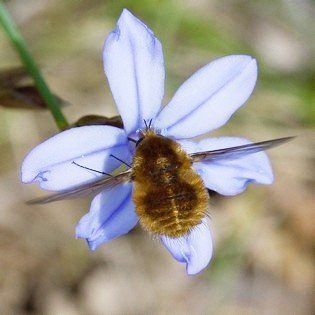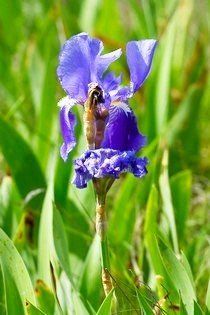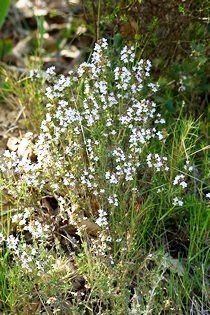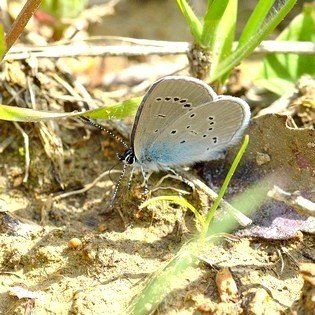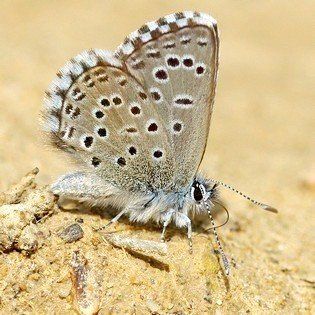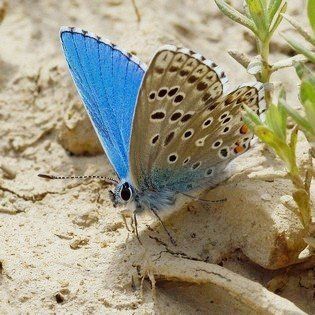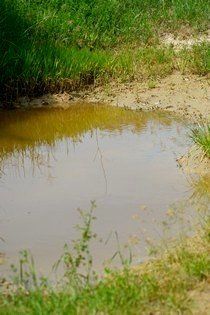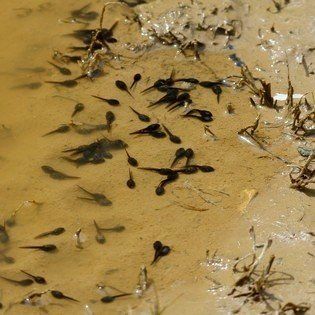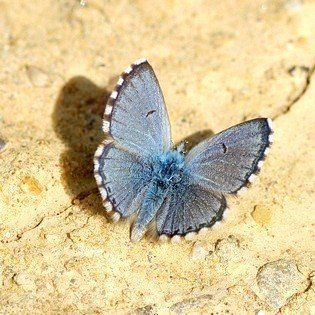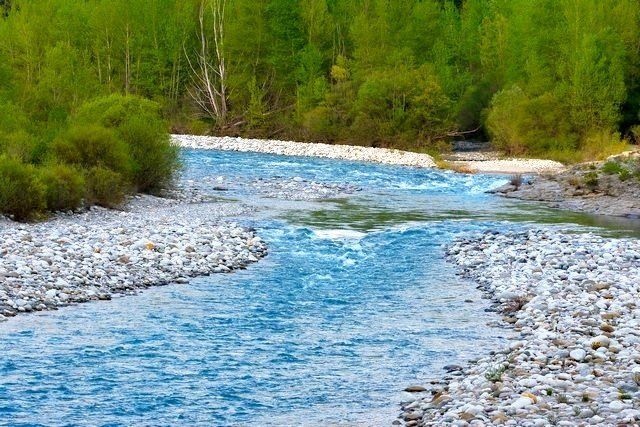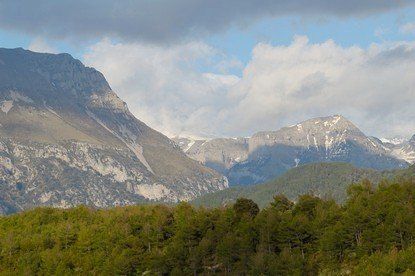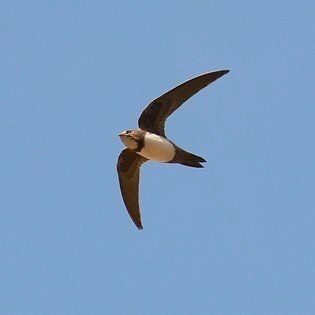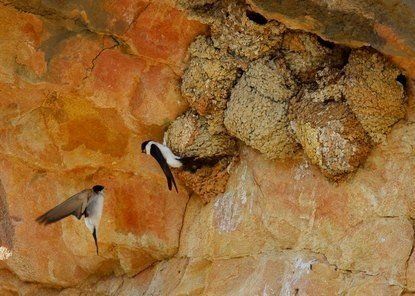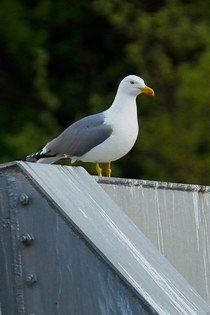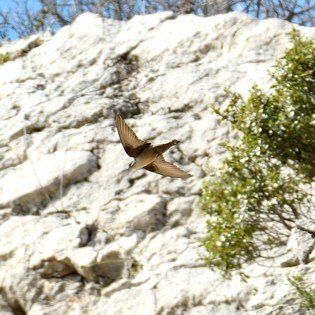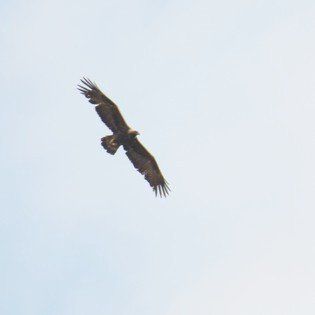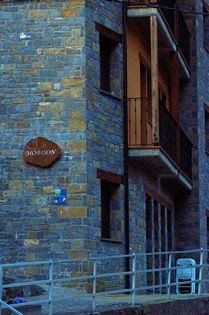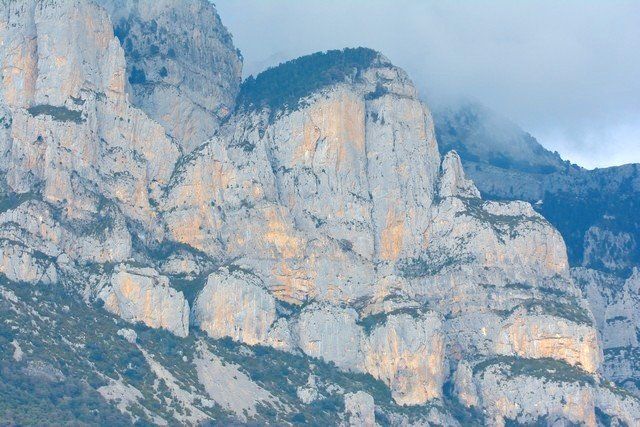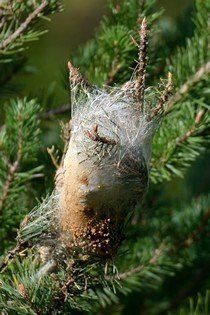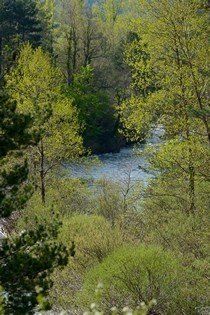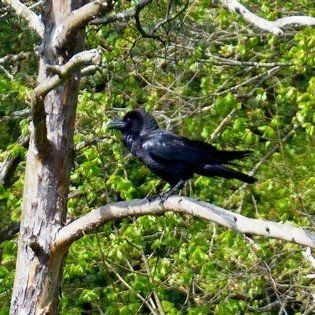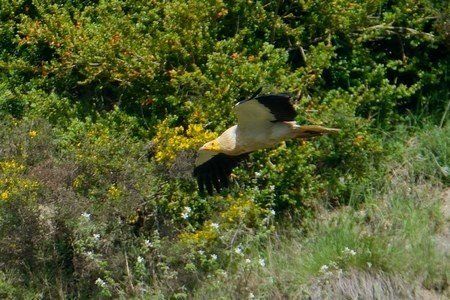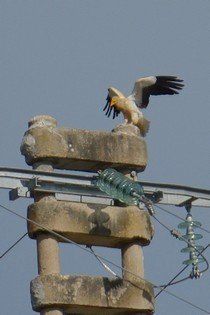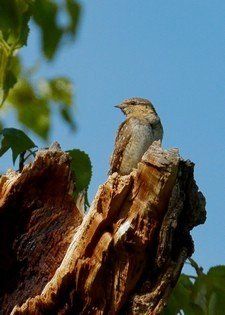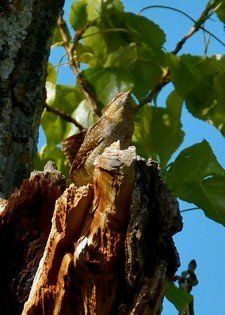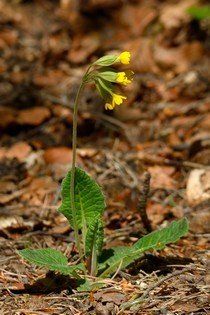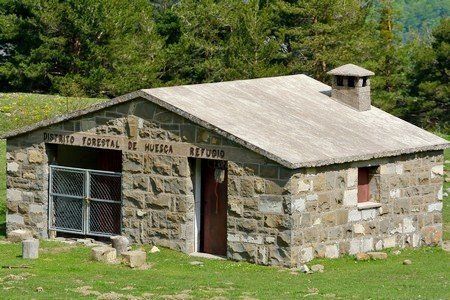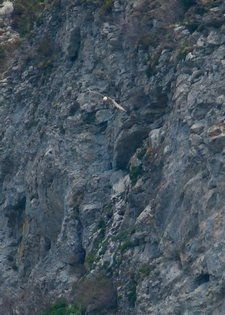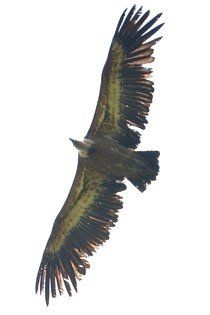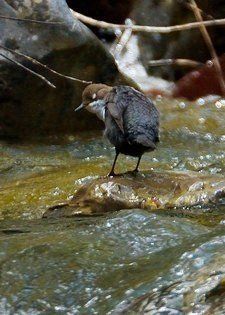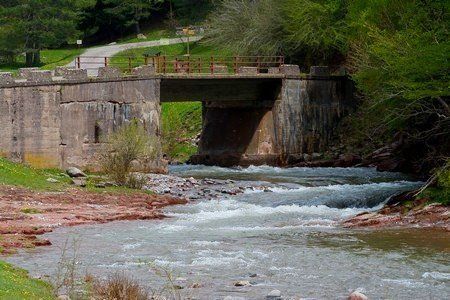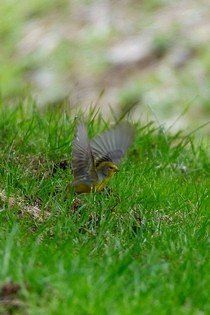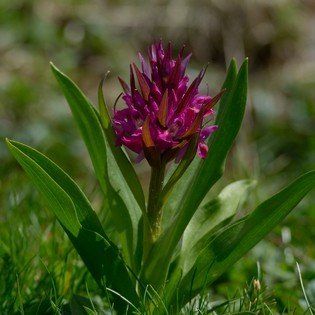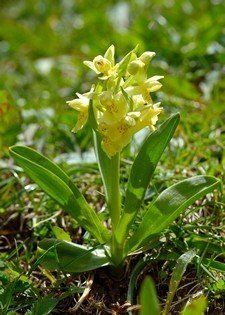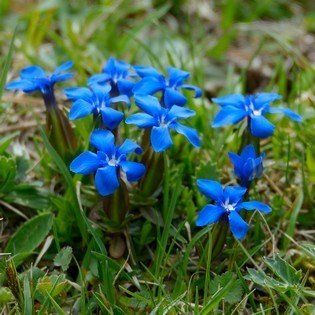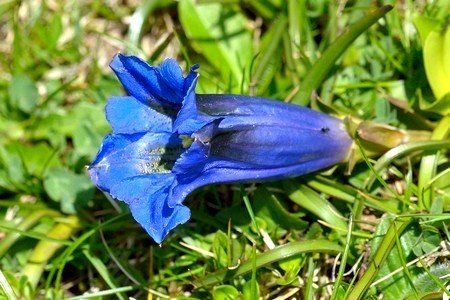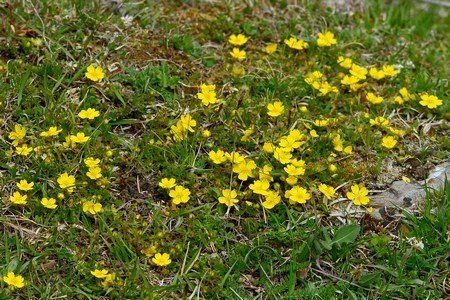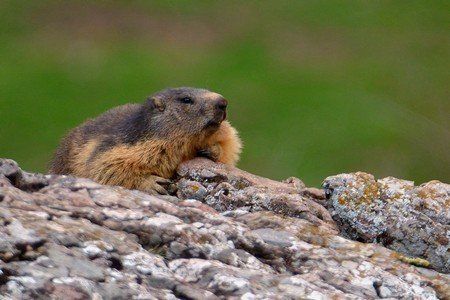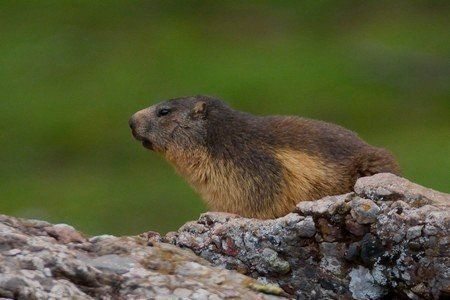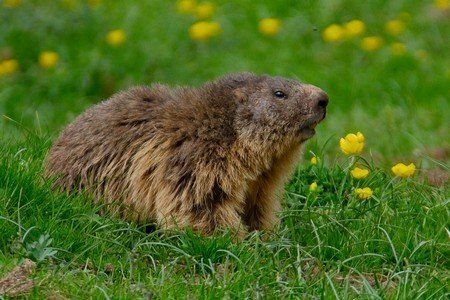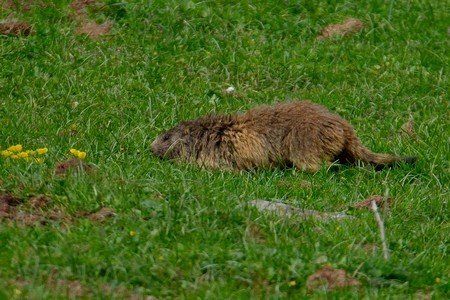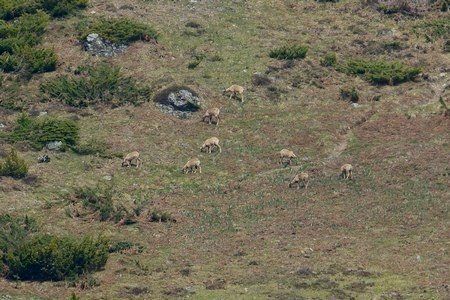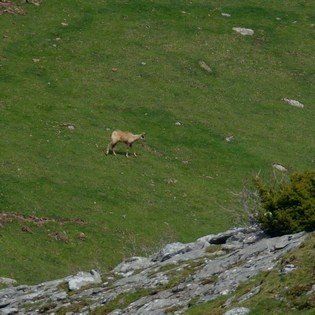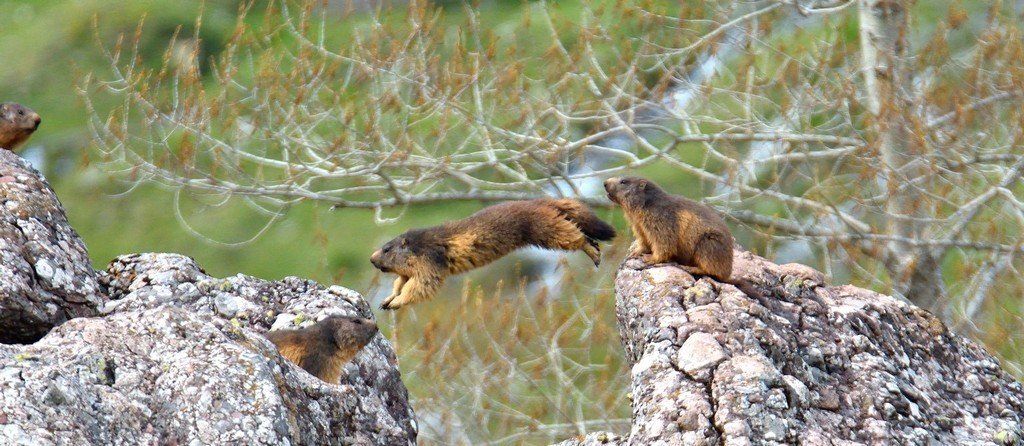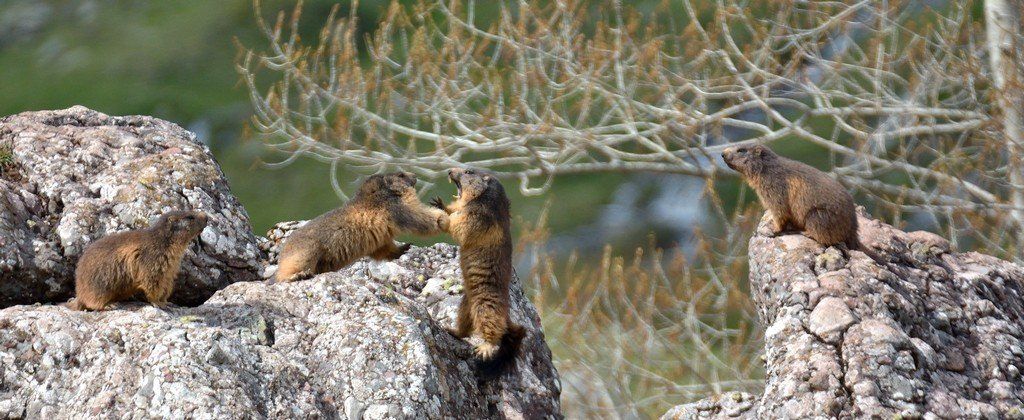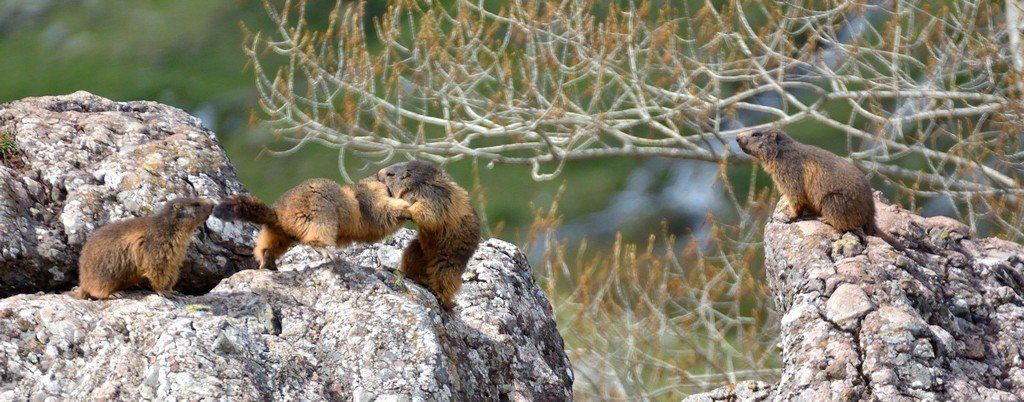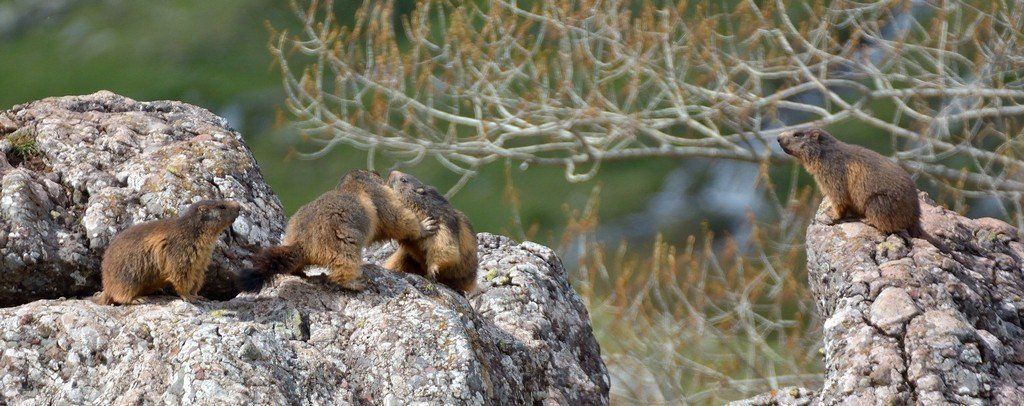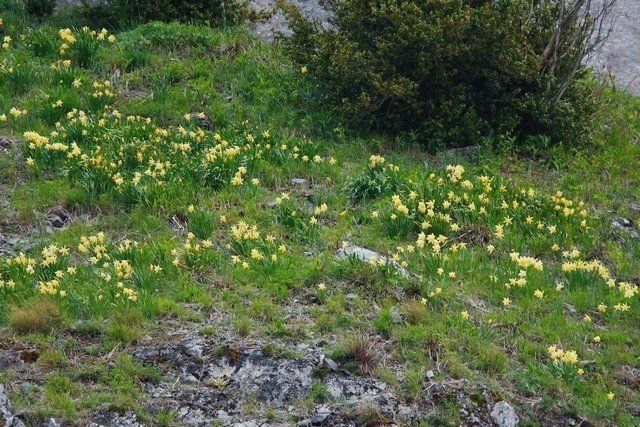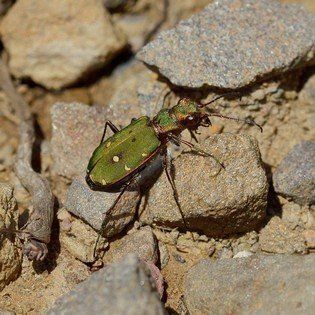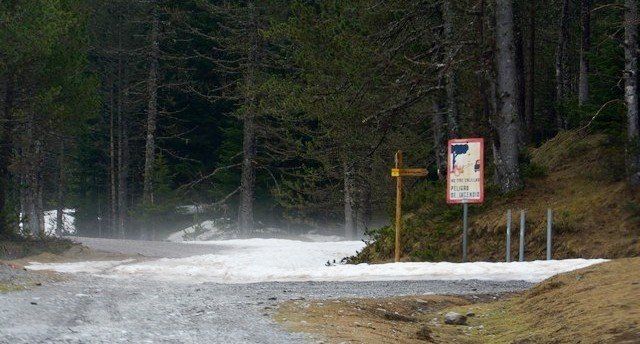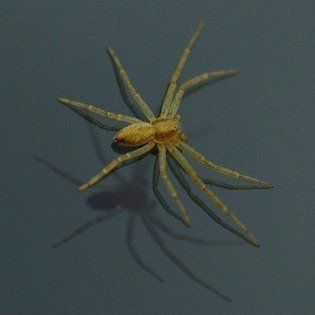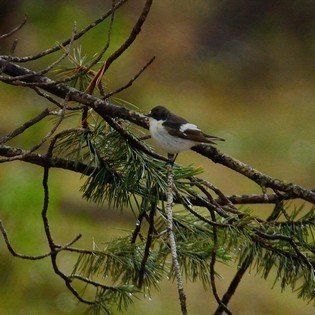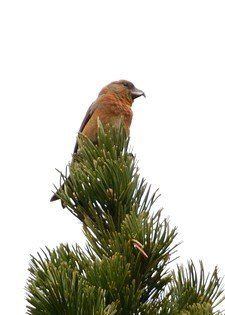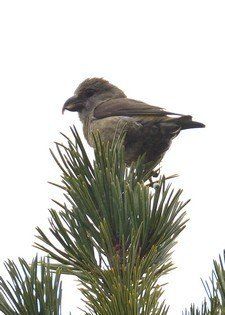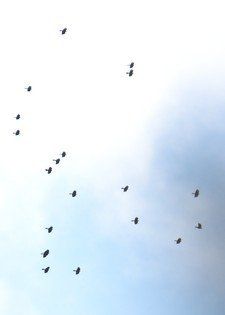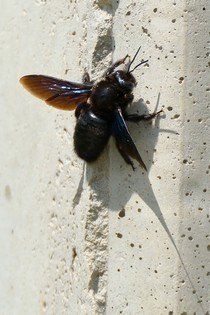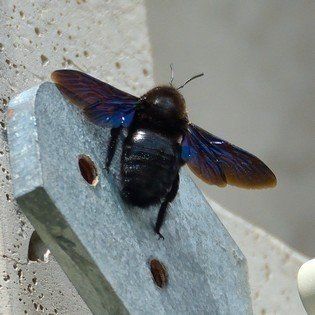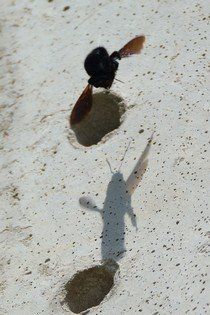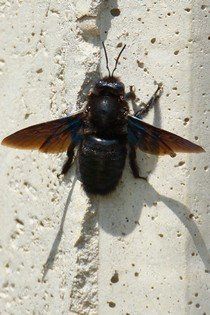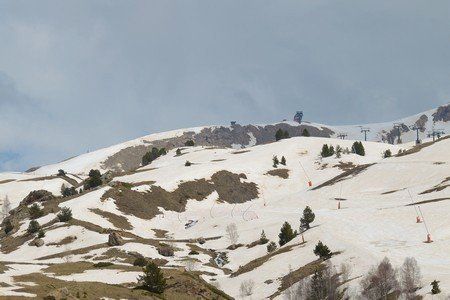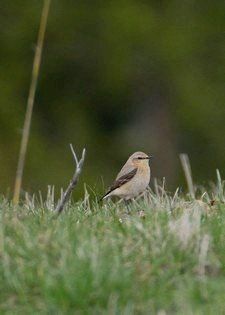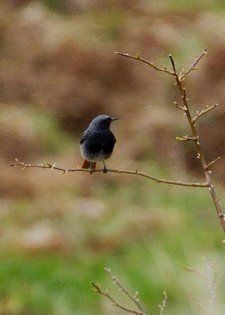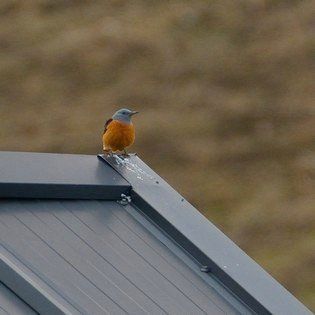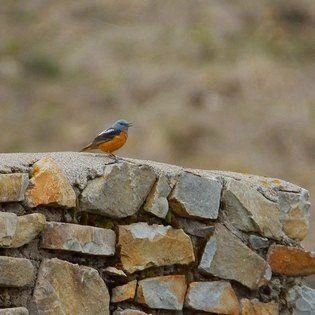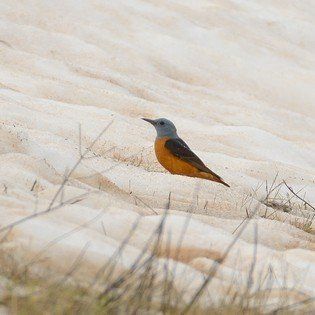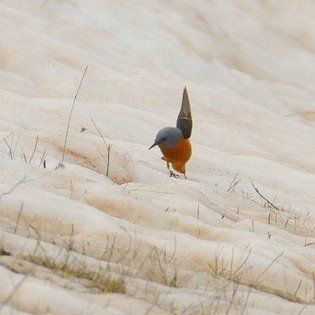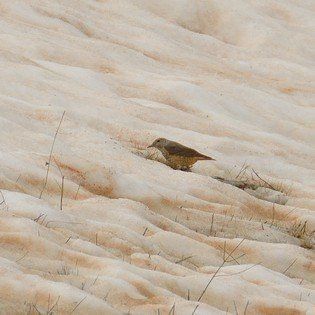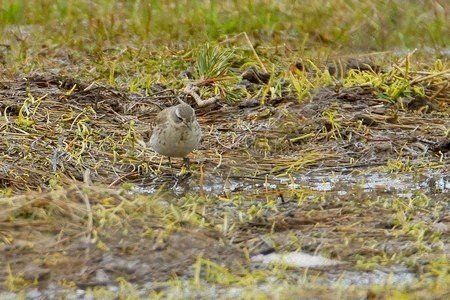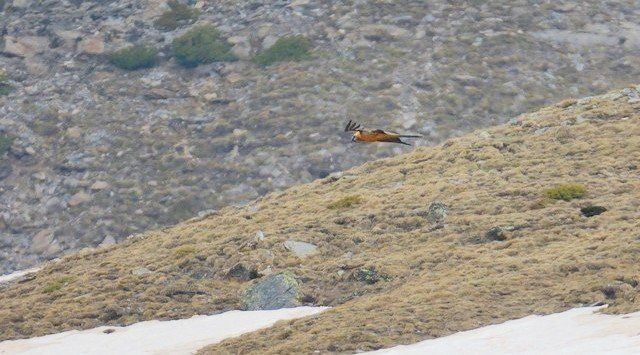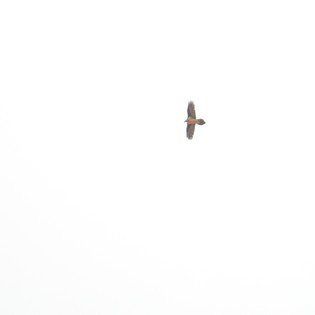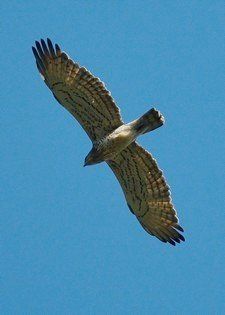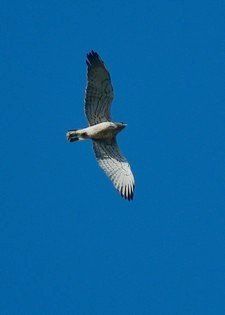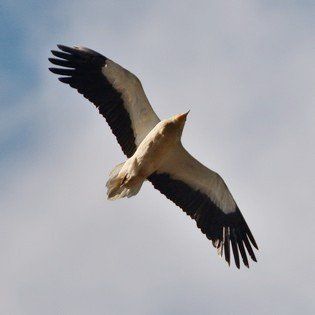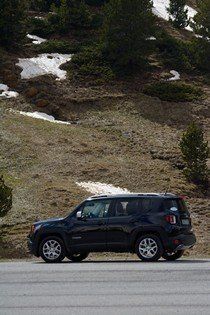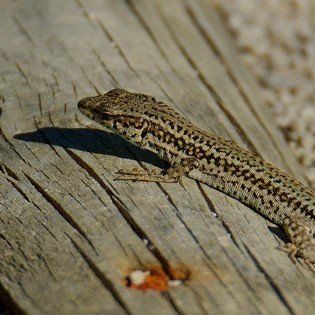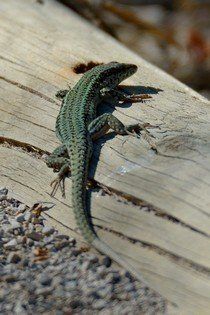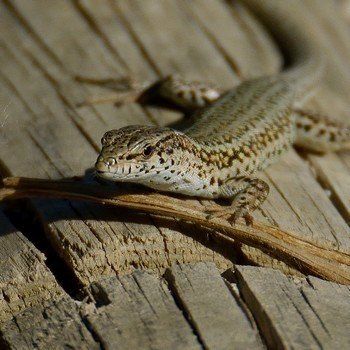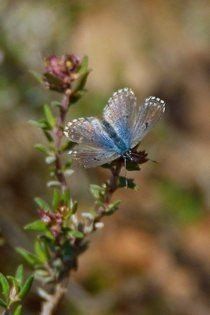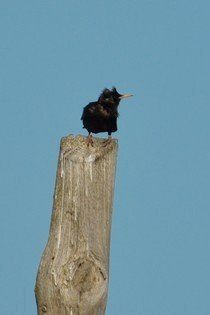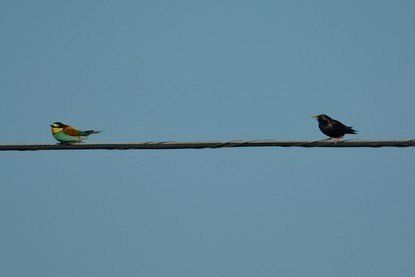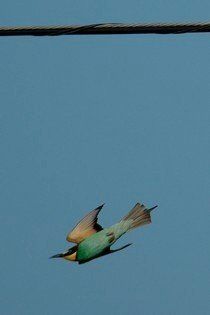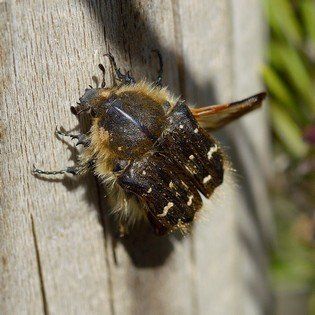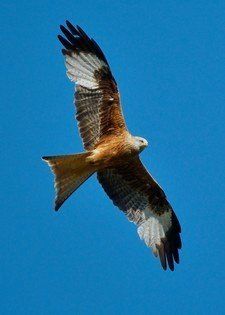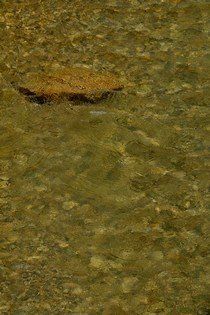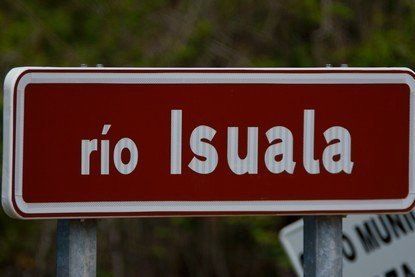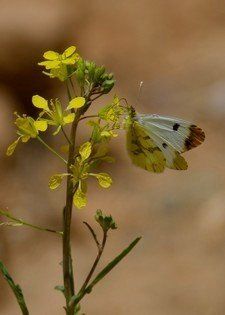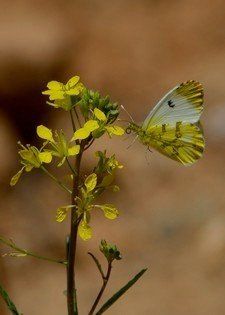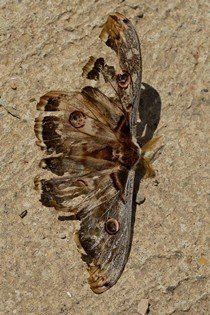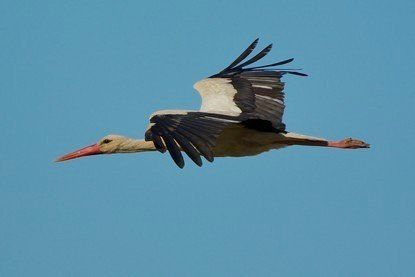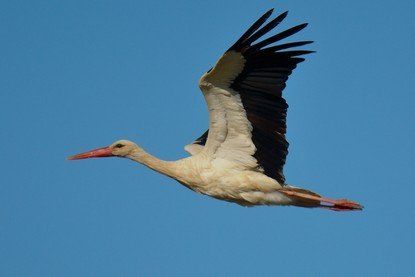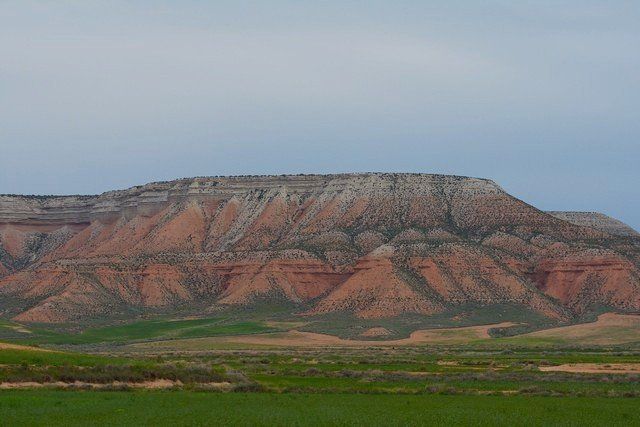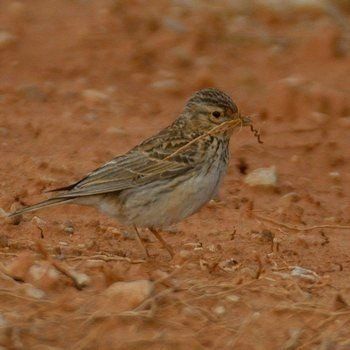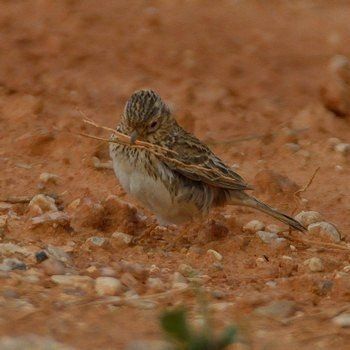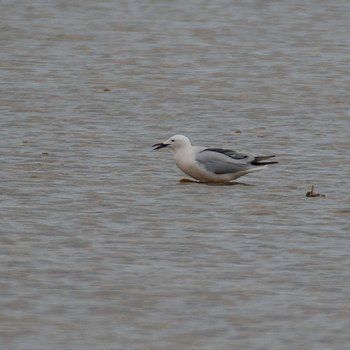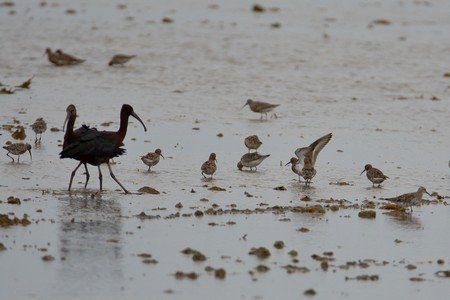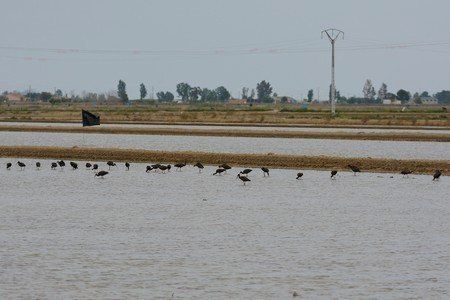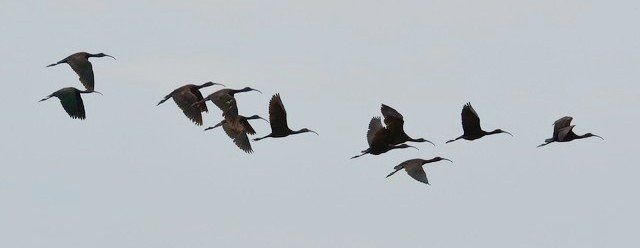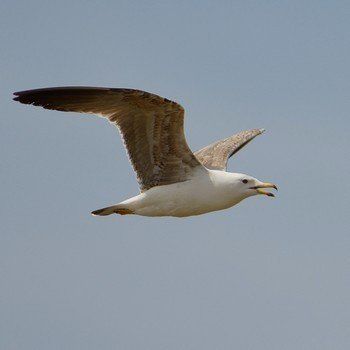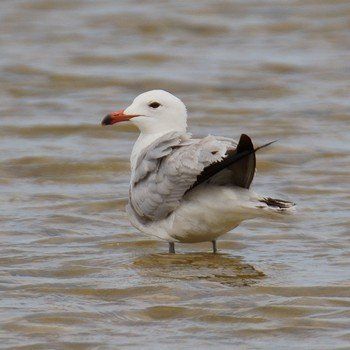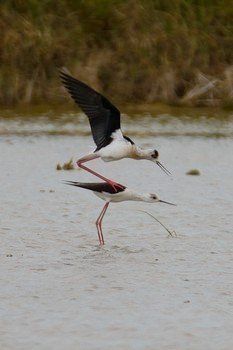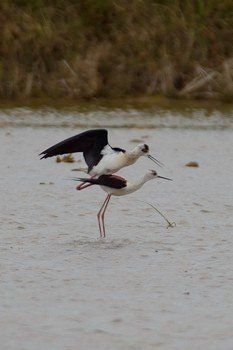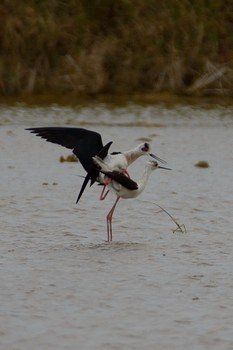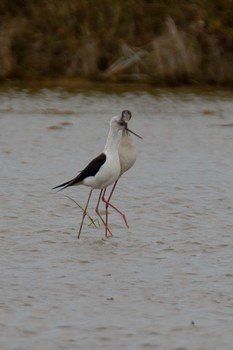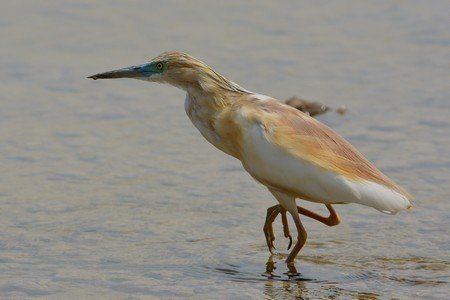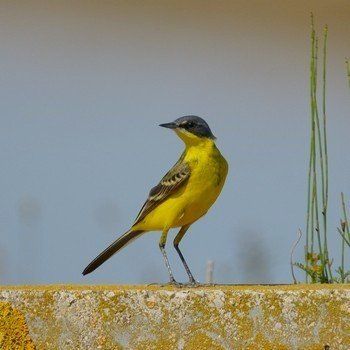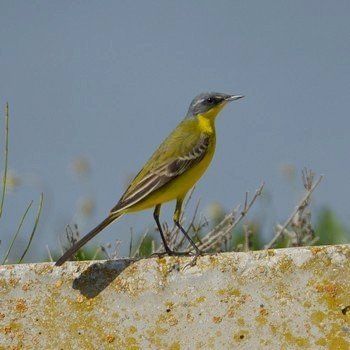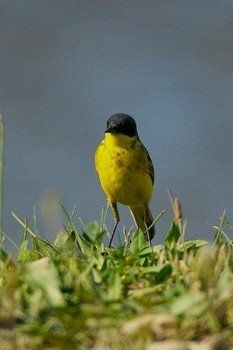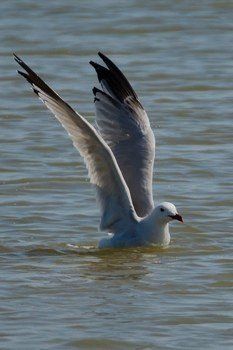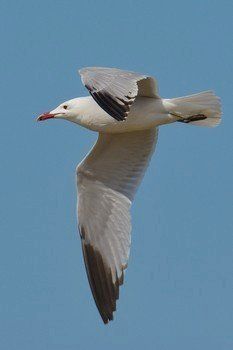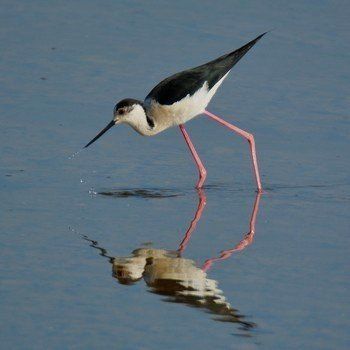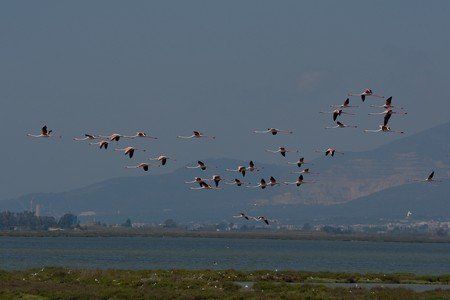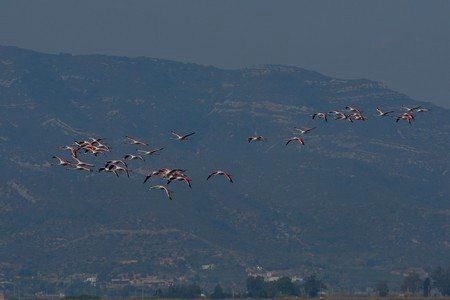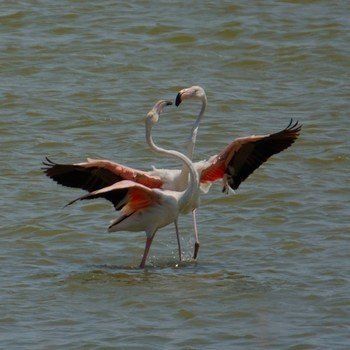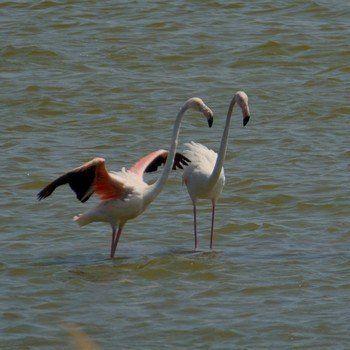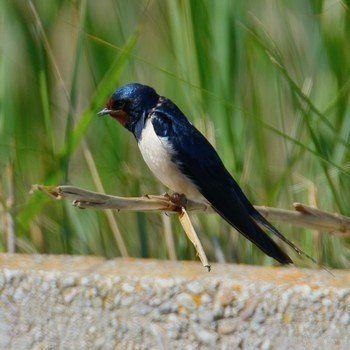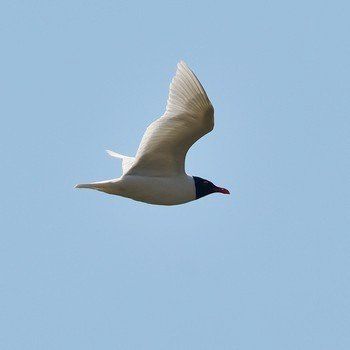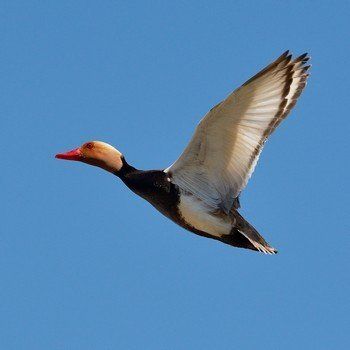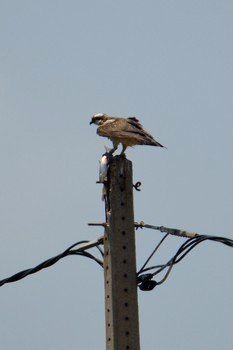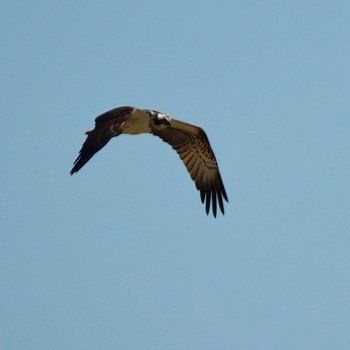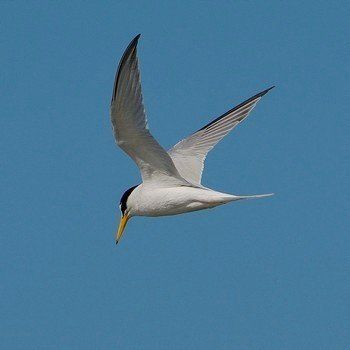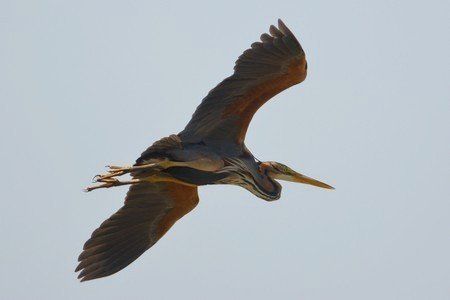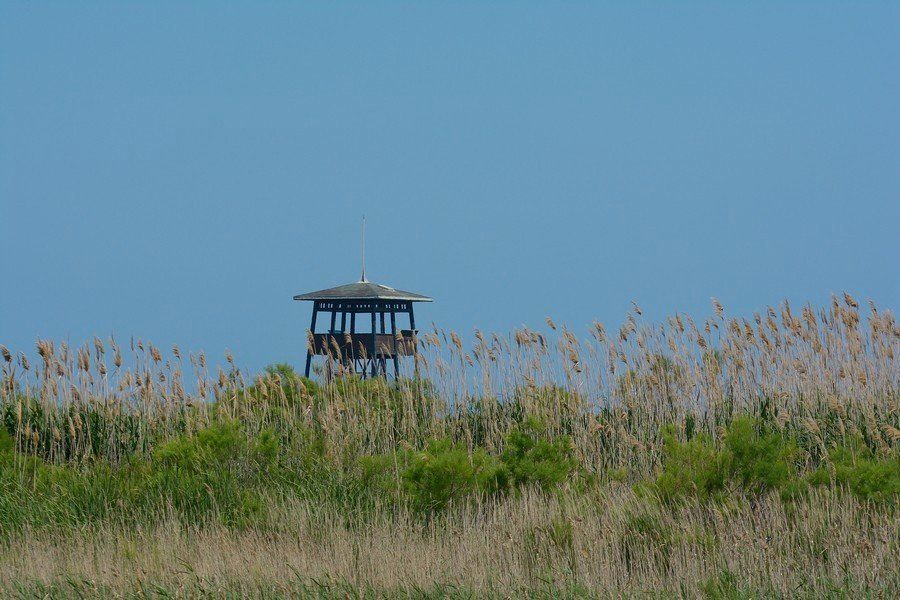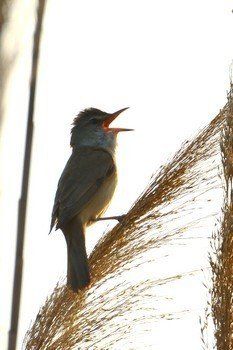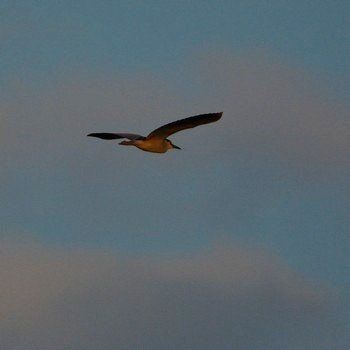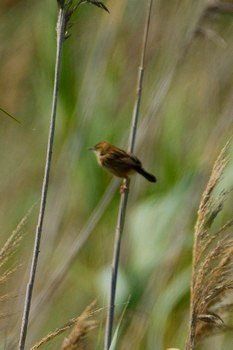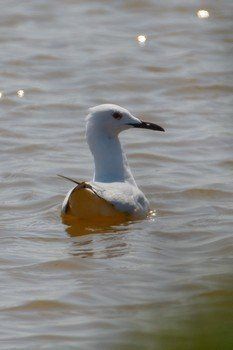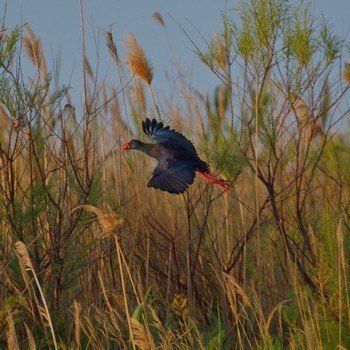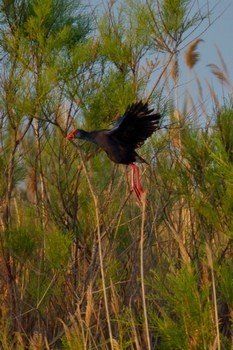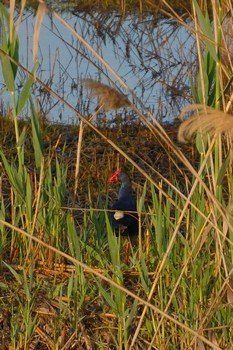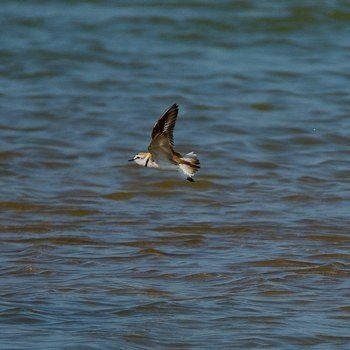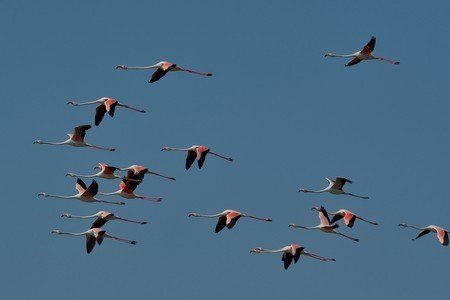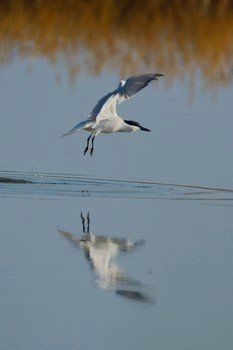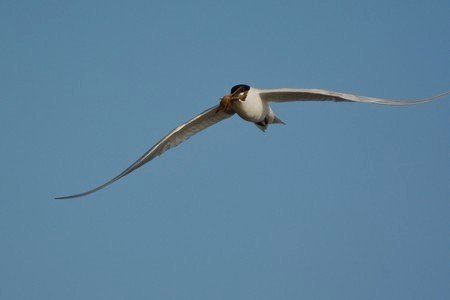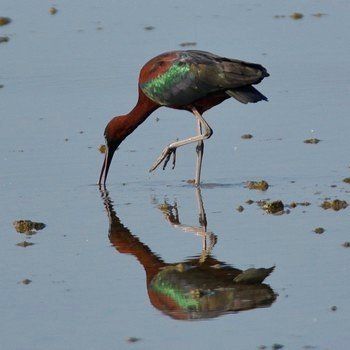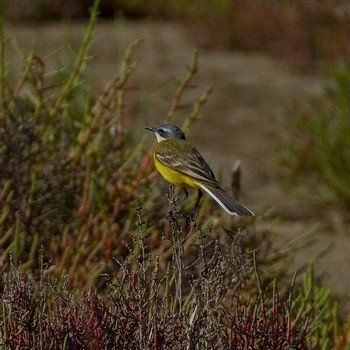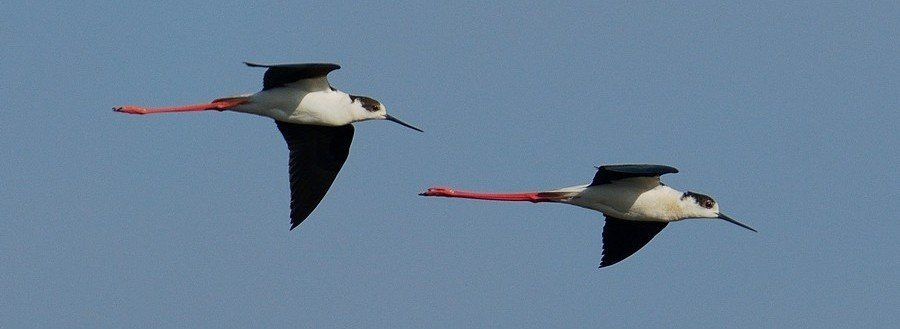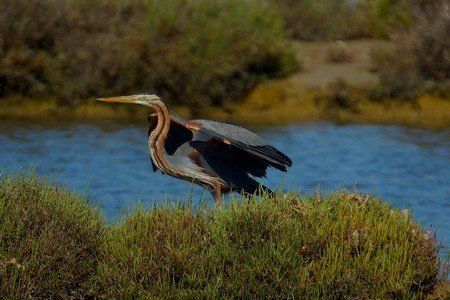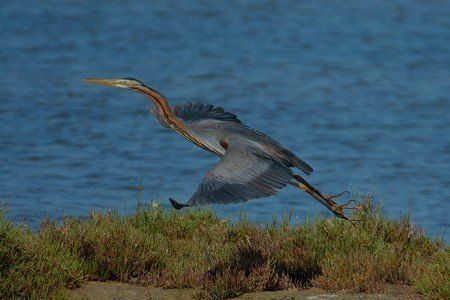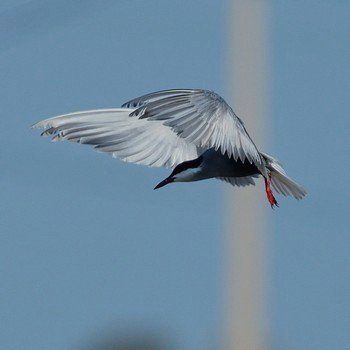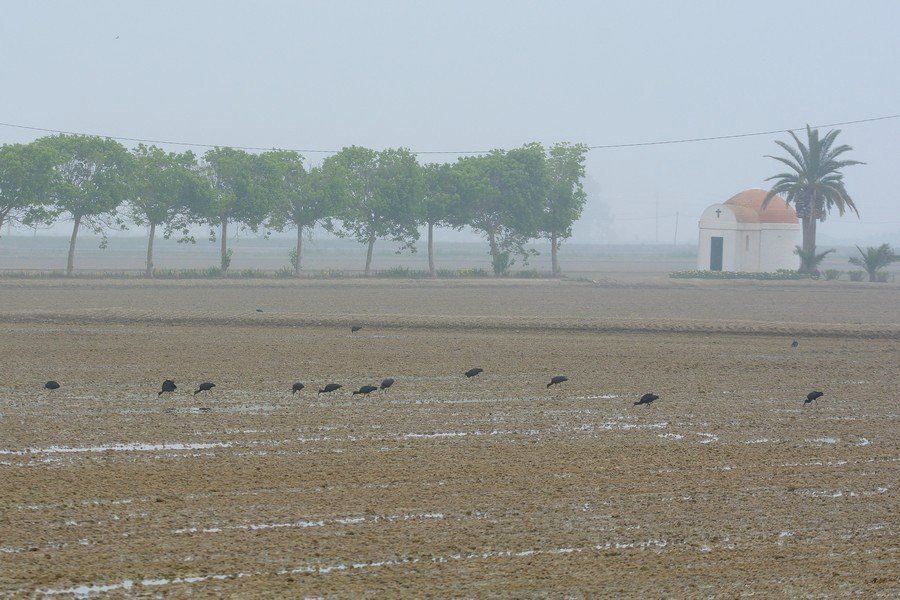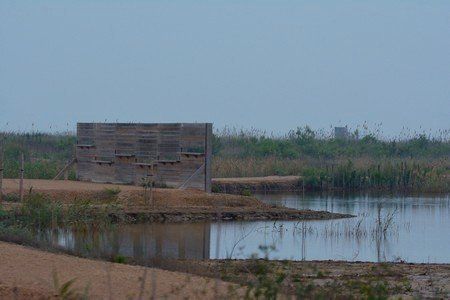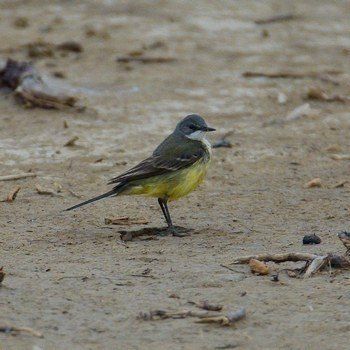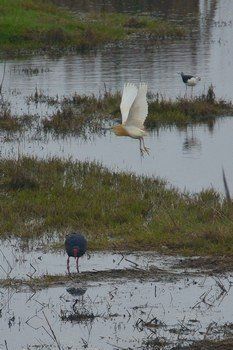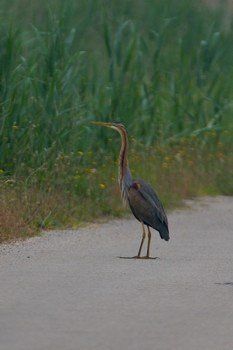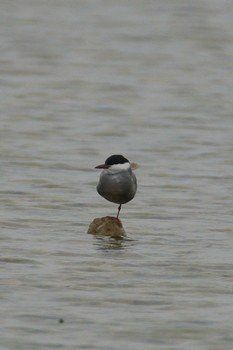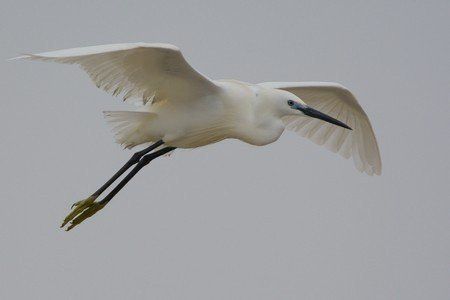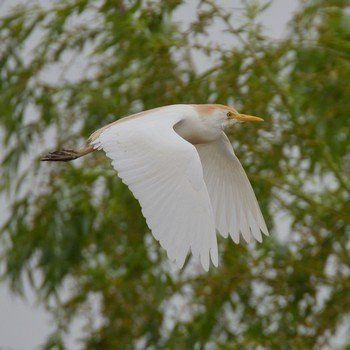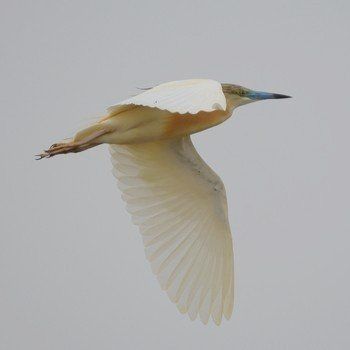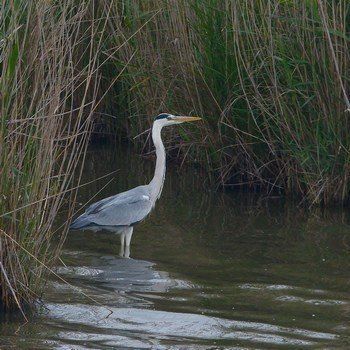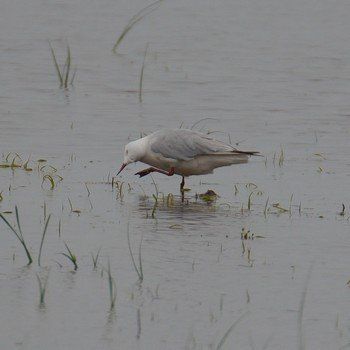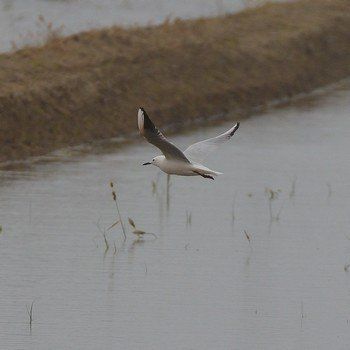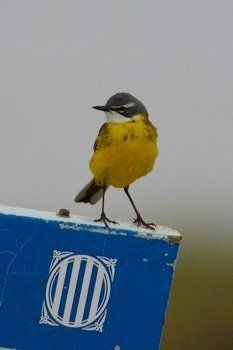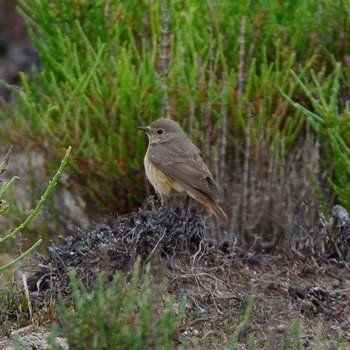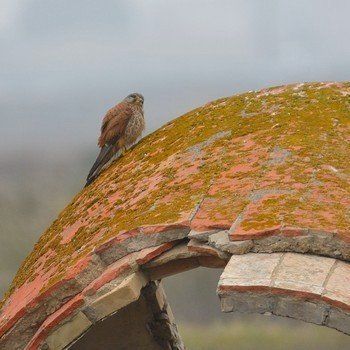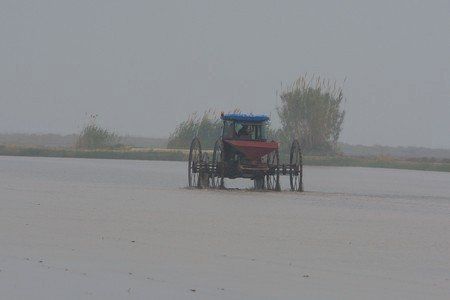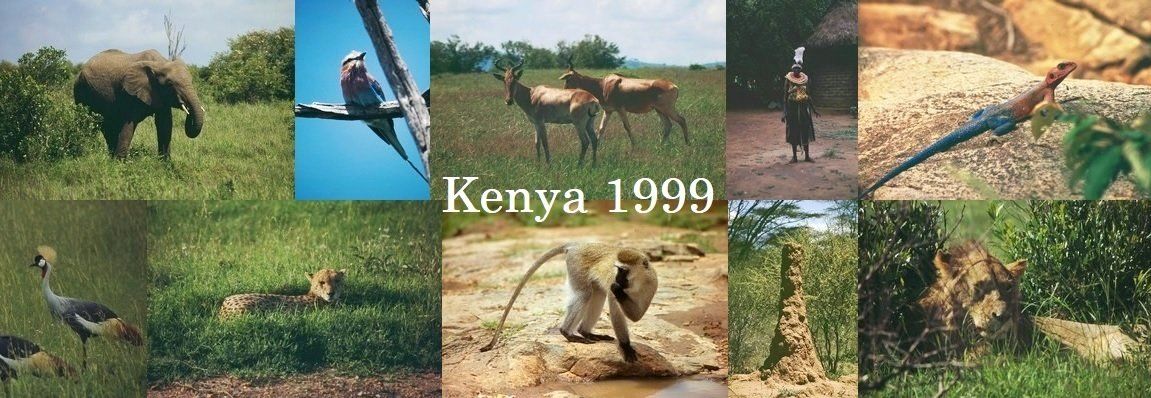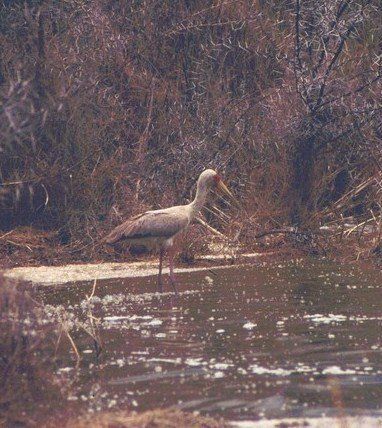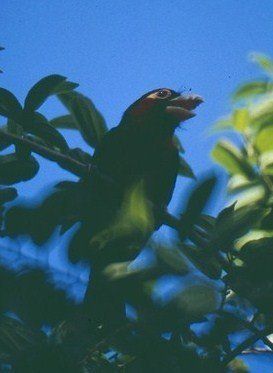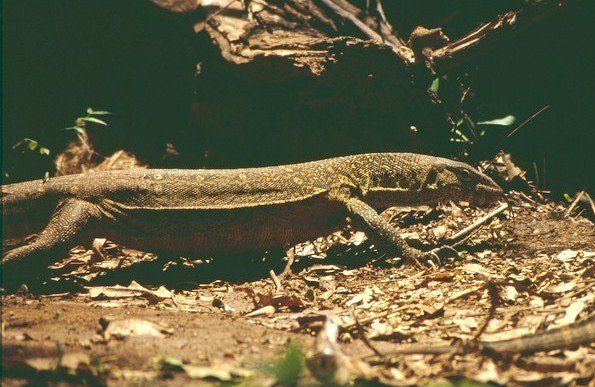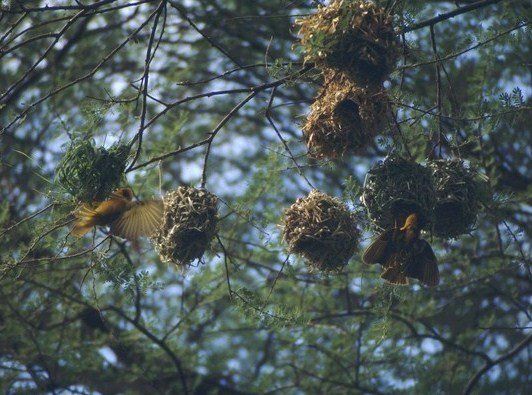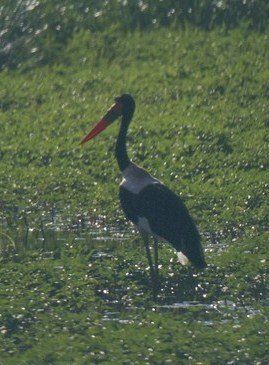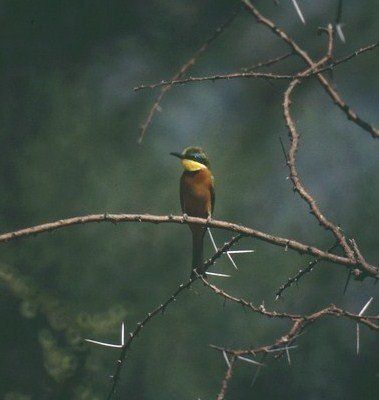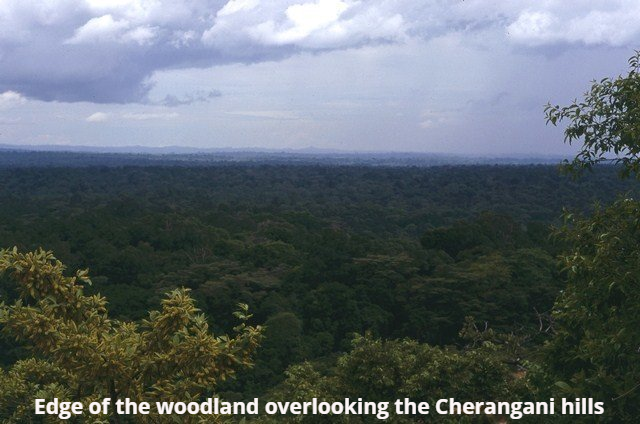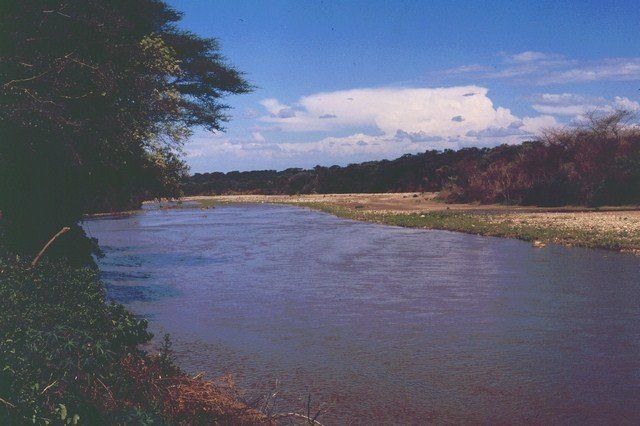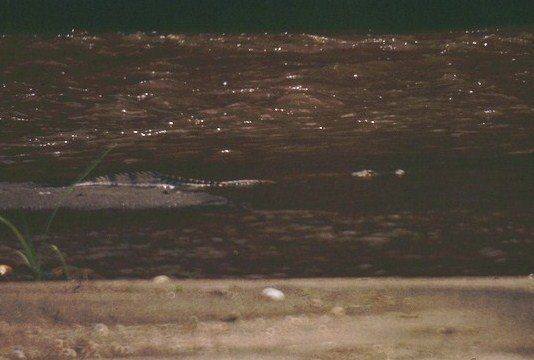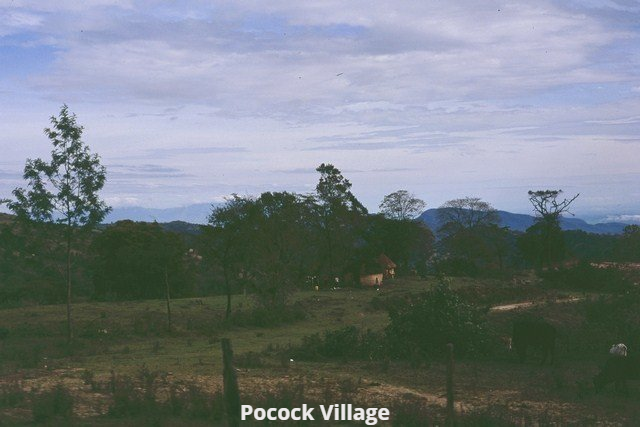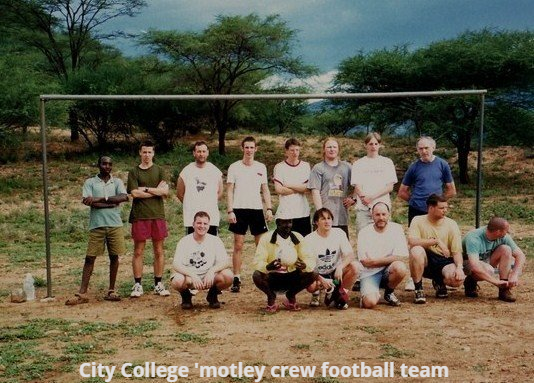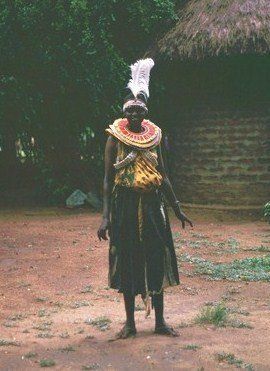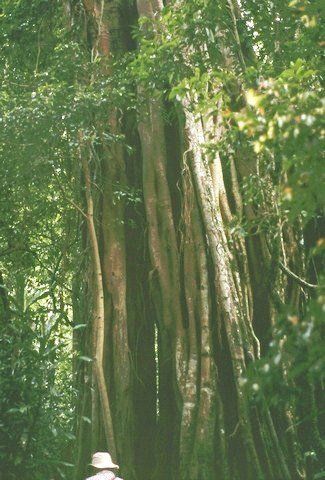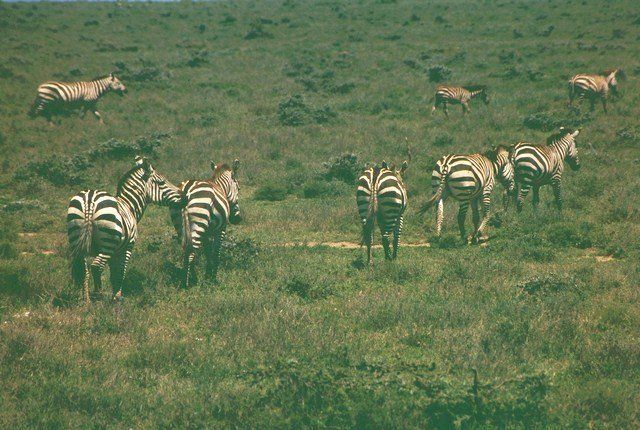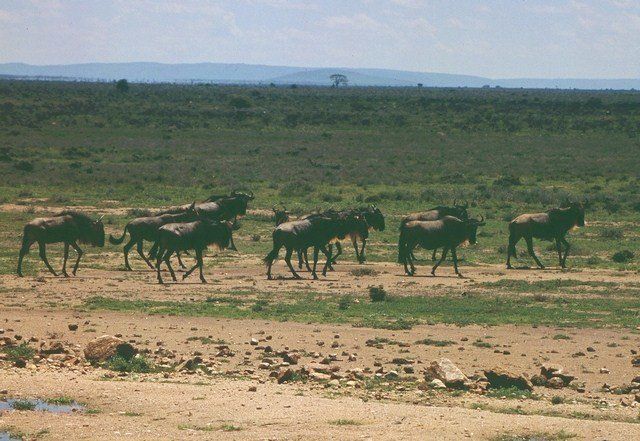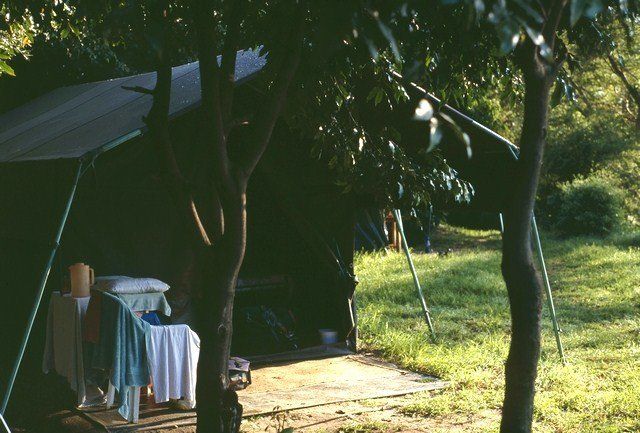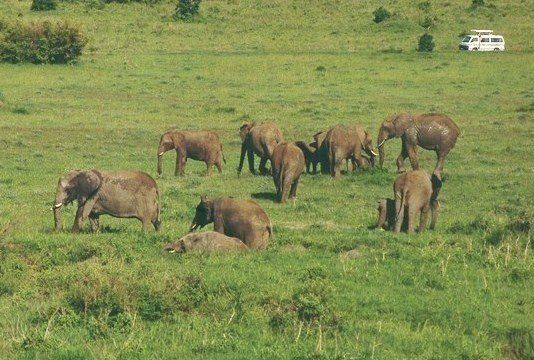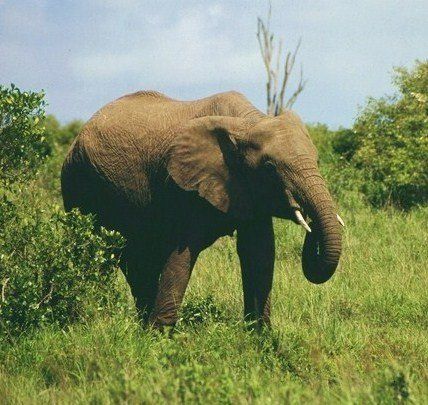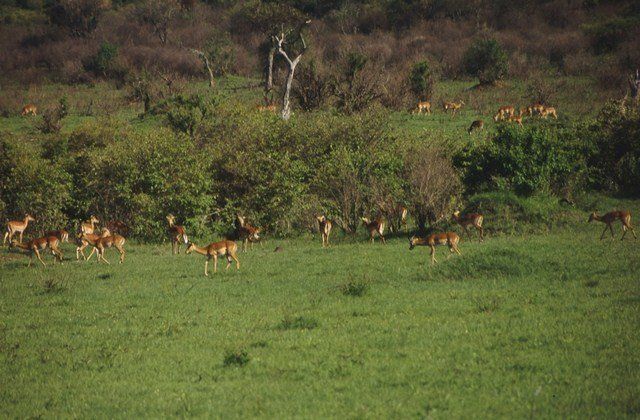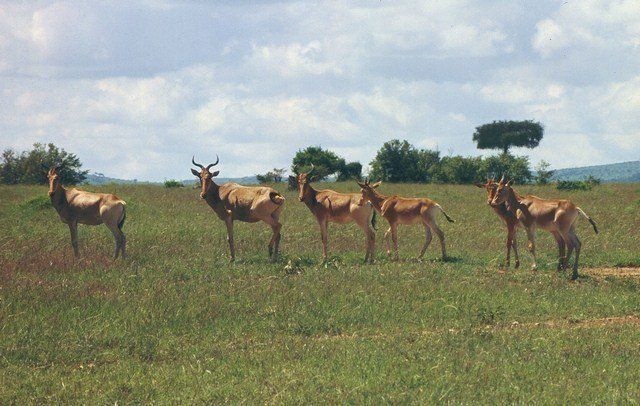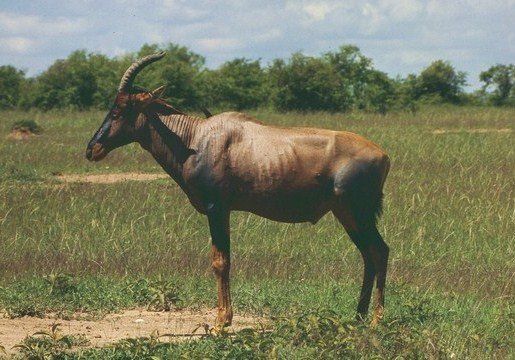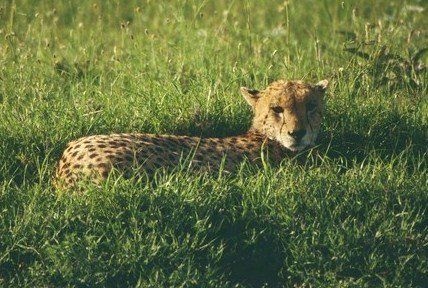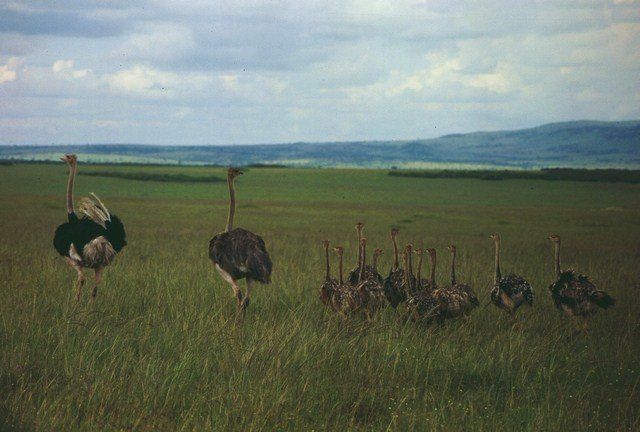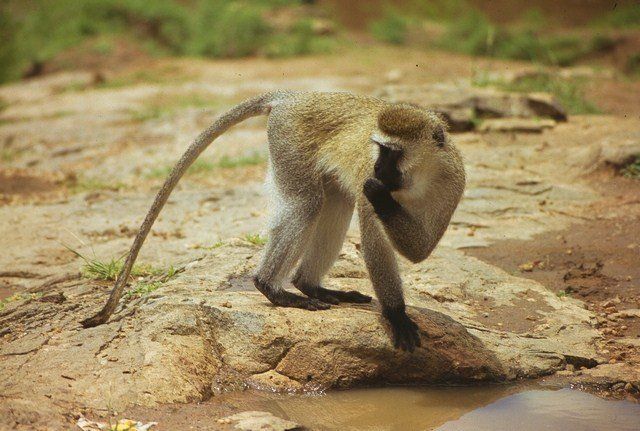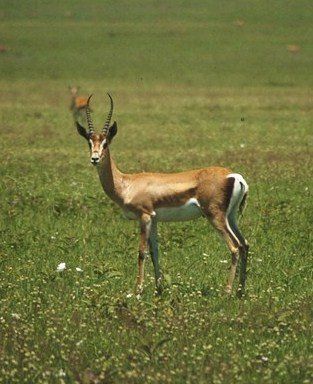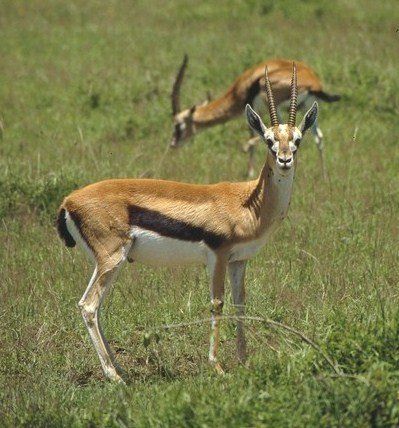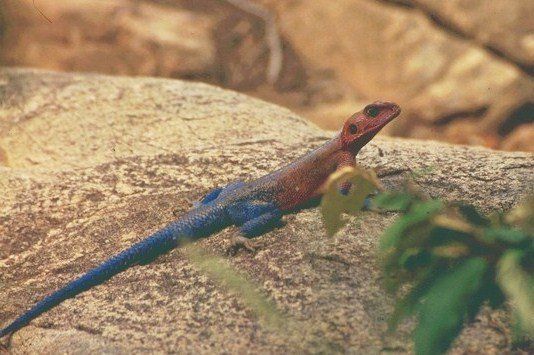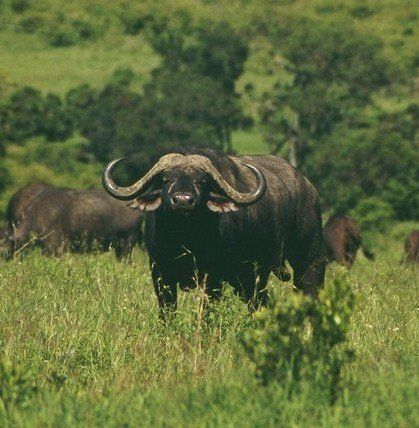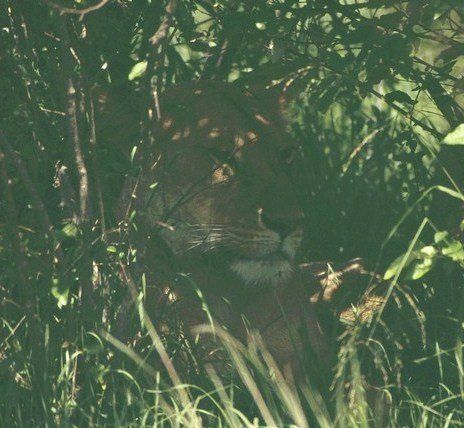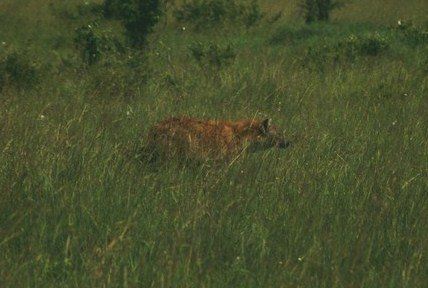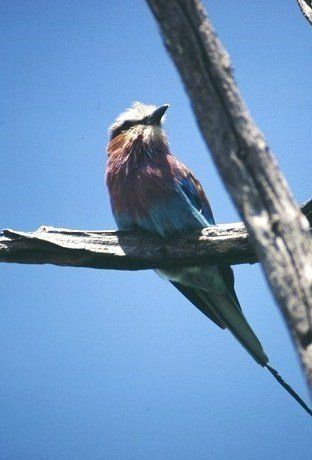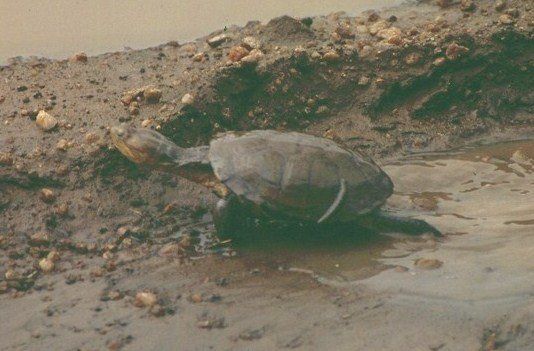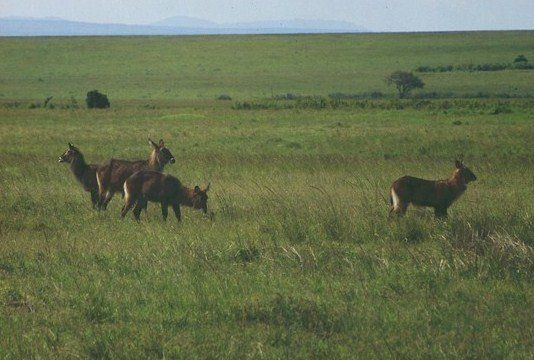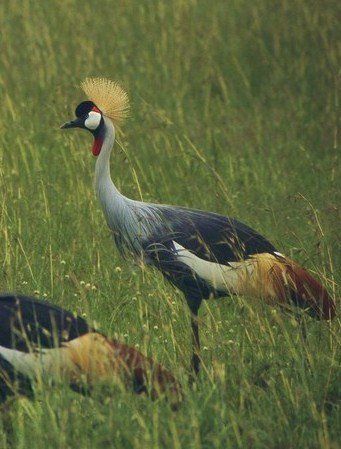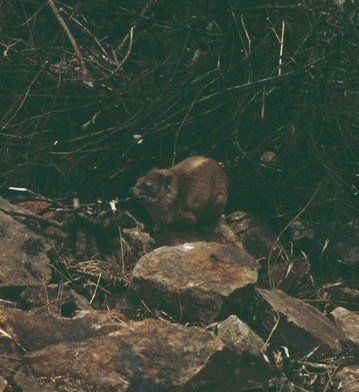
18th May 2022
A 6.00 start on the 18th May 2022 and Jason Nichols and I set off for Bempton Cliffs in East Yorkshire.
Once out of Norfolk, we travelled through Lincolnshire on a tried and tested route that would lead to the Humber Bridge at Barton upon Humber. It was a pleasant drive in the sunshine and once out of Horncastle we travelled along undulating roads through the Lincolnshire Wolds, an area well known to me, as I used to live in a small village (Croxton) in what was then South Humberside until it was changed back to Lincolnshire.
Along the approach road from Barnetby Top to the Humber Bridge itself we saw at least four Badger road casualties; a stark reminder that roads without underpasses for wildlife are an absolute death trap to crepuscular and nocturnal animals.
Over the bridge and into Yorkshire we were rather surprised to see that there was no sign of weed-killer (brown vegetation) along the roads with their well vegetated verges and in many places hedges left to mature. Perhaps Great Yarmouth Borough Council should take note on how to manage hedges and grassland!
Finally, we arrived at the overflow car park at Bempton and made our way passed the visitor centre and along the track to the cliffs, seeing Tree Sparrows along the way, a feature of Bempton, shame they have to put silver bangles on their legs, but that’s the RSPB for you!
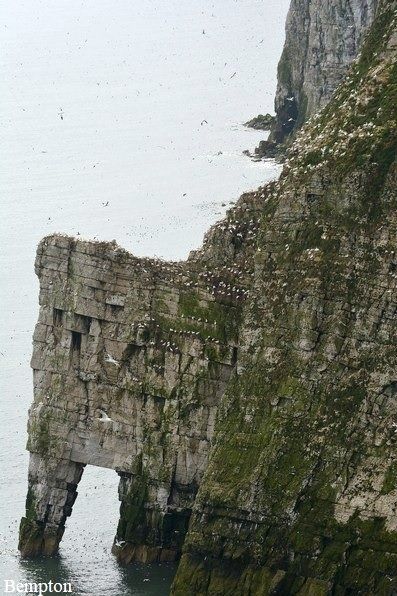
I have visited Bempton Cliffs on many occasions, but never tire of the sudden cacophony of sound from the breeding seabirds that greets you at the edge of the cliffs, which you are unaware of until you reach that point; magical, especially if it’s your first visit to a seabird colony.
The chalk cliffs and ledges are home to an important array of species. The main attraction here is the Gannets, Kittiwakes, and Auks; Puffins, Guillemots and Razorbills, not forgetting the ‘poor man’s' Albatross the Fulmar, which leads me nicely on to another relatively recent attraction here; a Black-browed Albatross!
Whilst I am not going to disguise the fact that the Albatross was part of the attraction for the two day visit; the other seabirds here stand on their own as an enticement and I love photographing the birds here, particularly the Gannets, which soar close to the top of the cliffs and above your head at times.

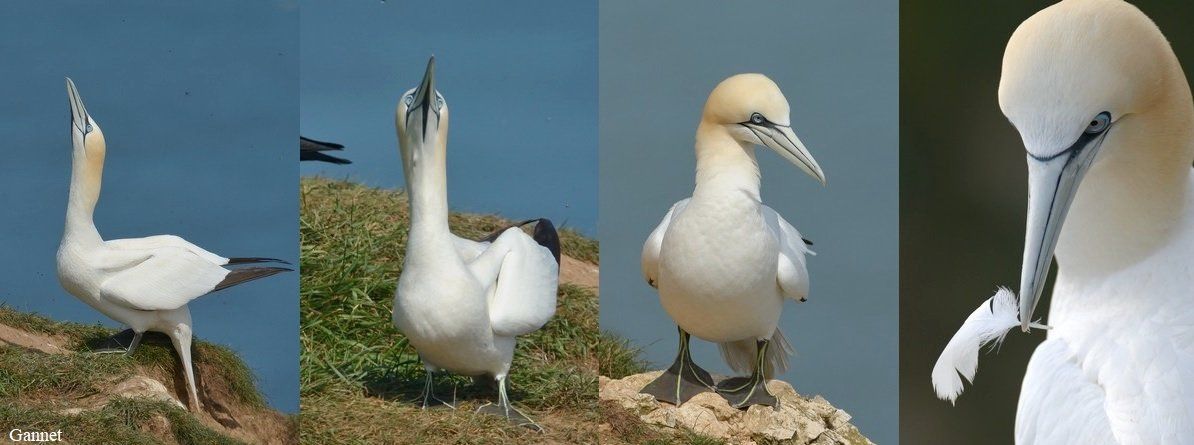

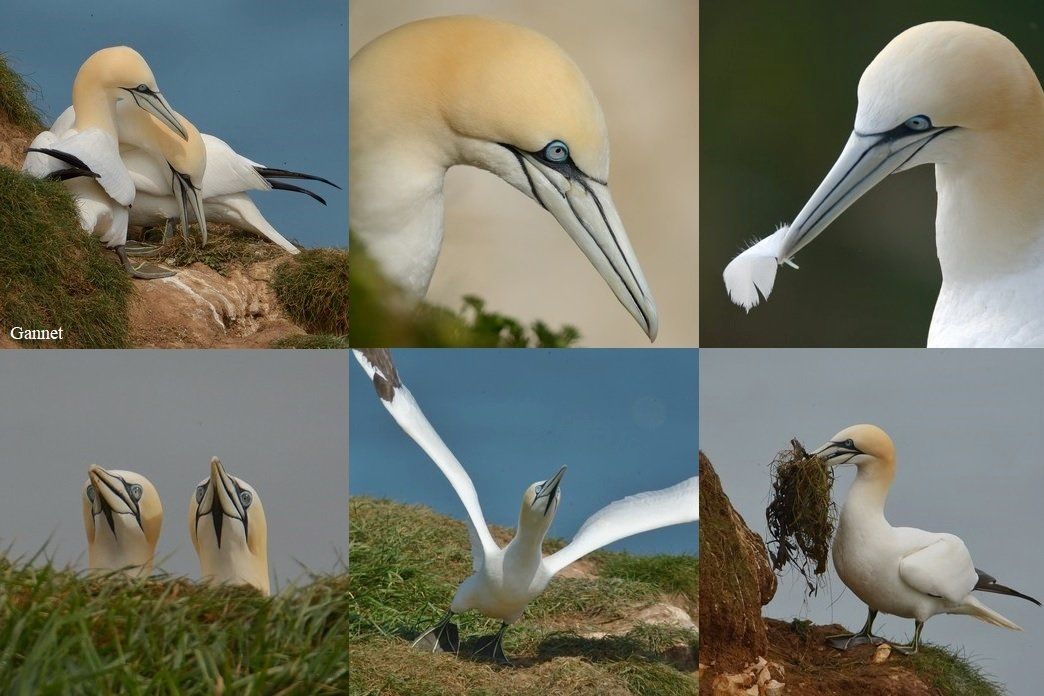
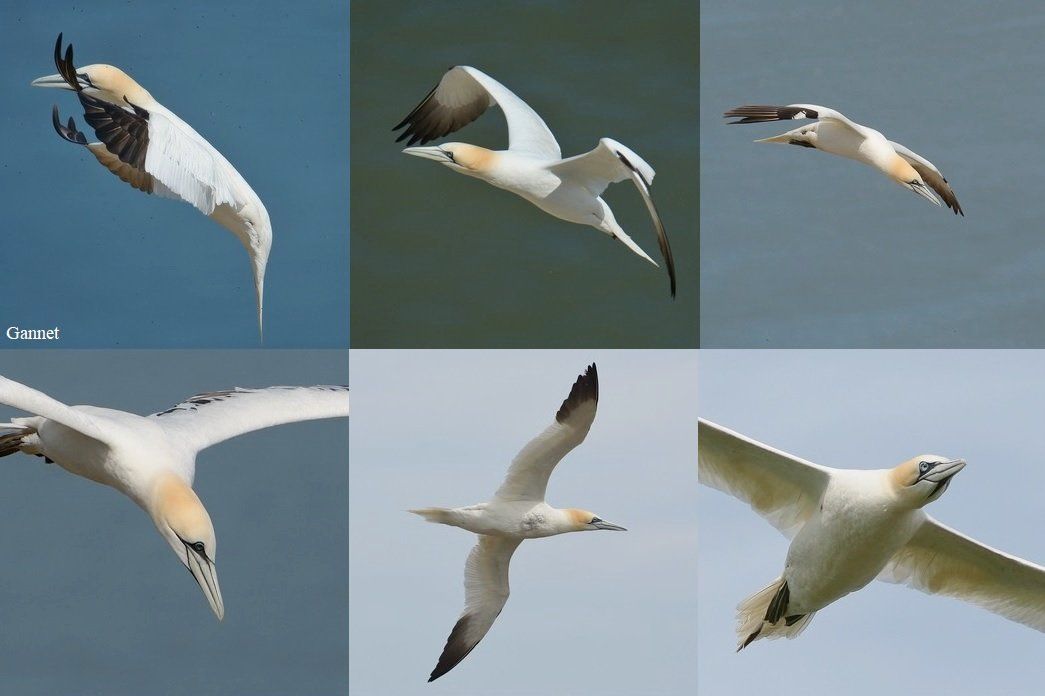

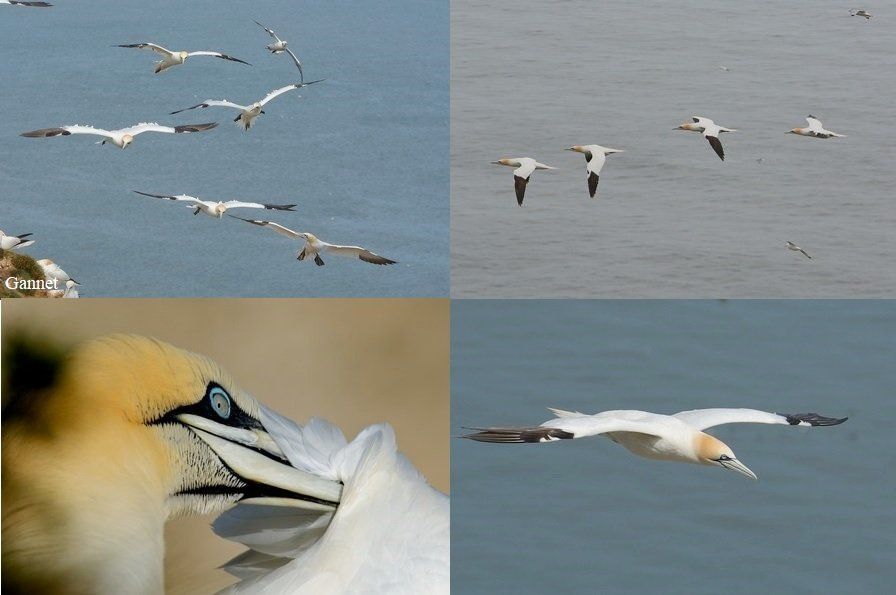
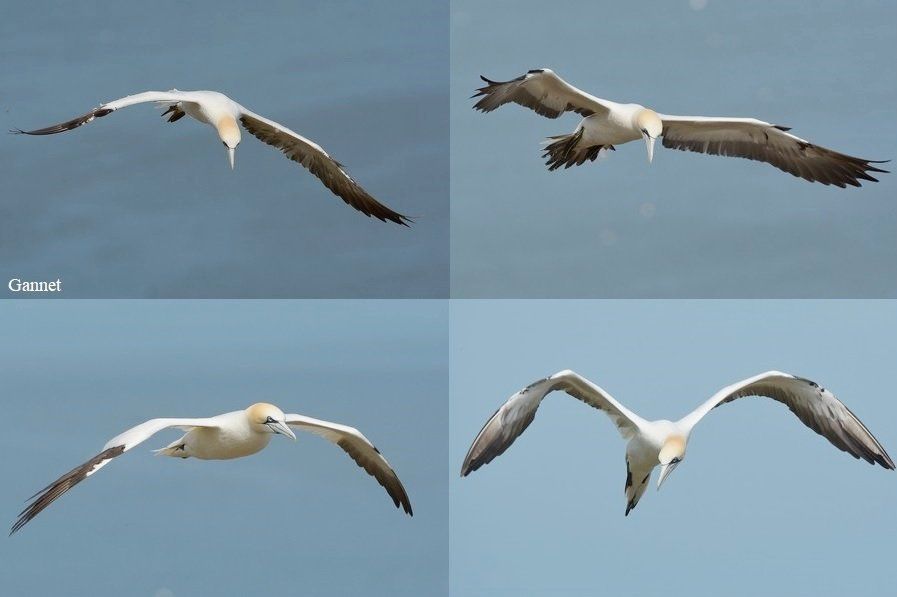
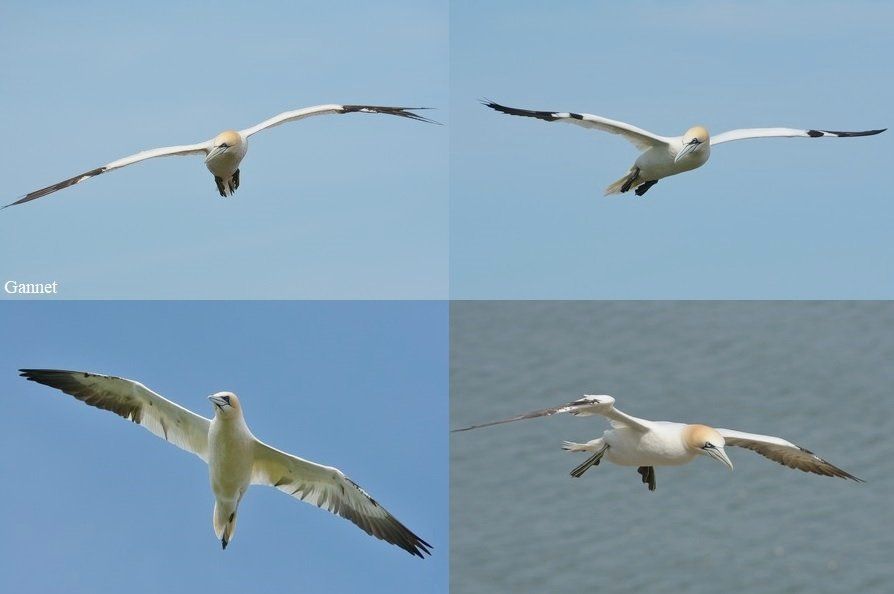
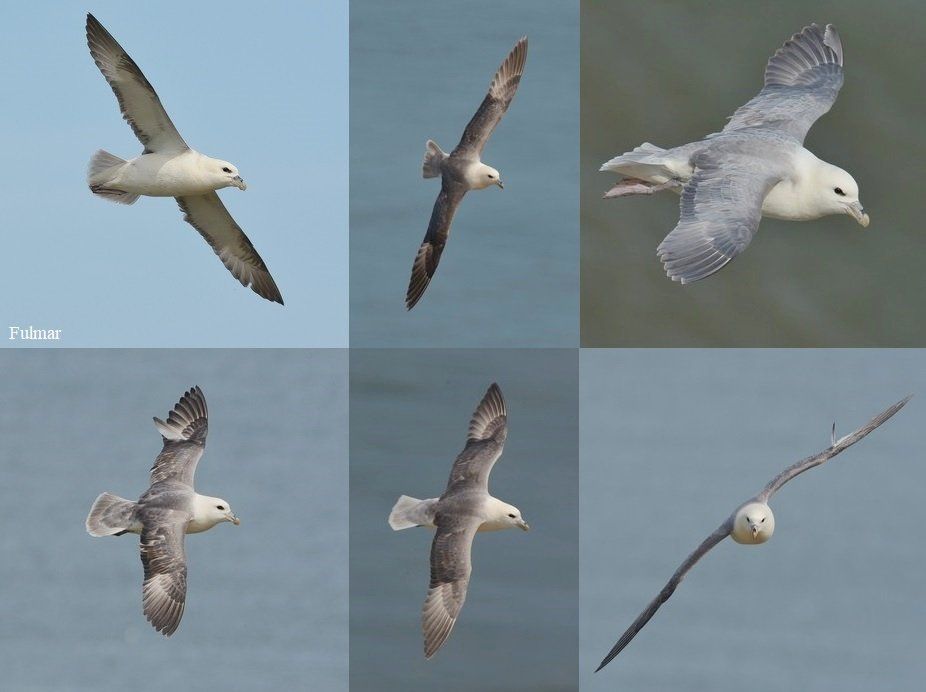

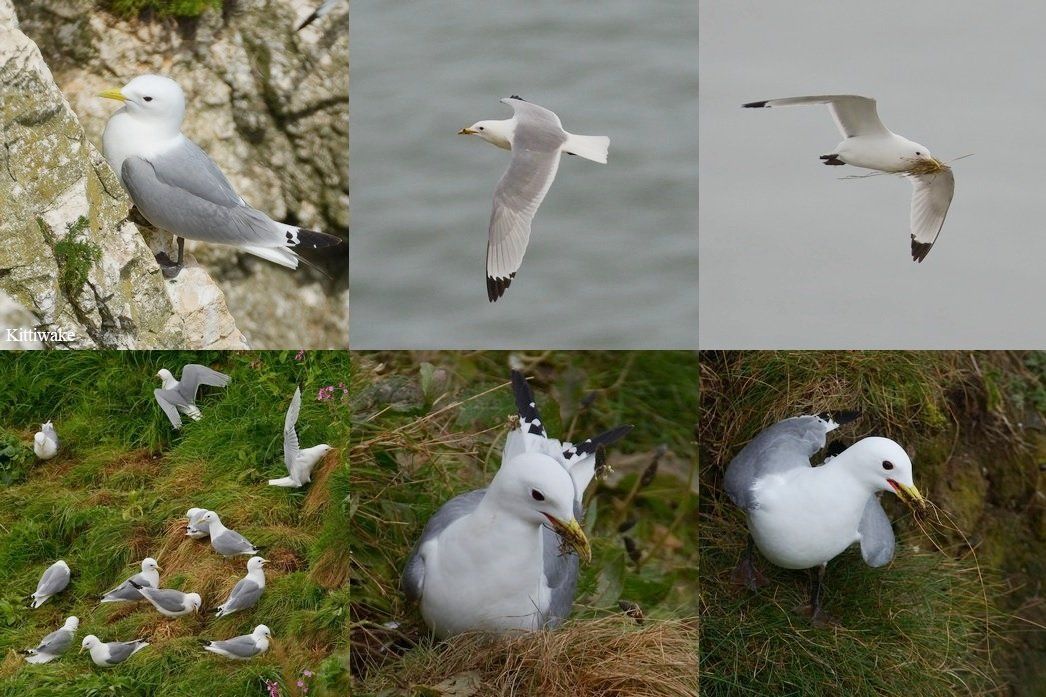
All three Auks were seen, flying past at speed, whilst many were on the water far below. Fulmars and Kittiwakes were flying past and coming ever closer and a couple of Shags were seen flying over the sea.
We had been here in the same area for about 4 hours and decided to leave and come back later after checking in at our accommodation in nearby Bridlington. Ironically, on reaching Bridlington the news came through that the Albatross had shown up!
The decision to stay or leave when trying to see something that has no apparent rhyme or reason for when it appears, is always a bit of a lottery, but another more annoying set-back was about to happen to our two-day break in Yorkshire!
We arrived at our accommodation (booked through Booking.com) for the night in Bridlington and attempted to check in. However, the attempts were futile and to cut a long and very annoying story short after about 18 telephone calls to the owners and multiple attempts at ringing either one of the two door bells or both we had to make a decision about what to do next.
Between Jase and me we decided to cut our losses (at least for the time being!) and try and find somewhere else. So Jase looked at Late Rooms and found a possible destination at Scarborough.
We arrived at Scarborough and a deal was done for two rooms for the night at a reasonable price, but more than what we had originally booked. Nevertheless, unlike the look of the derelict boarding house with ‘apartments’ at Bridlington, this was newly decorated and was very acceptable to both of us and we both agreed that the choice we had made was the right one.
Along with our own accommodation, there was accommodation for Kittiwakes opposite our place of refuge for the night at the ‘Grand Hotel’, with the Gulls nesting in every conceivable place possible on the face of the hotel. Other nests were on our side of the road, but I noticed that the Kittiwakes were being discouraged by the placing of metal spikes; but that wasn’t stopping them totally!
Now checked in successfully for the second time of asking, we decided on a drive around part of the Yorkshire Moors. As usual great scenery up here and after a bit of ‘exploring’ we came across our first Red Grouse; a female laying low in the Heather. This was followed by at least 19 more Red Grouse in a relatively small area.
Also here were Lapwings and their attempts to distract the car soon led to seeing a total of 5 chicks from two pairs.
Other species of note here were: 2 Mistle Thrush, Song Thrush, 2 Curlew, a Brown Hare and several young Rabbits, which I always love to see. It has to be remarked upon that there were quite a few road-
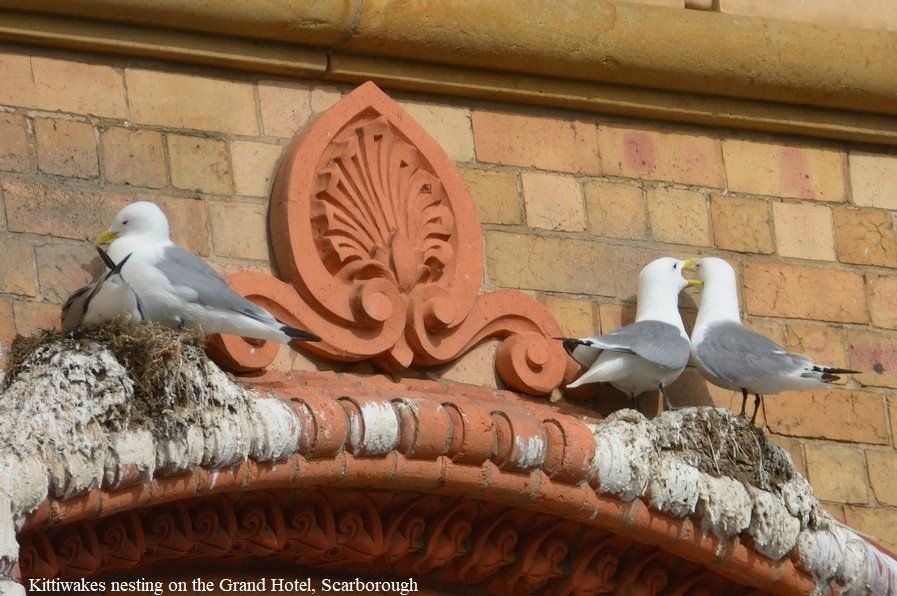
casualties including feathered and furry youngsters; cars go very fast along these roads, too fast for an important area for upland nesting species of both birds and mammals!
Back in Scarborough a meal at a well known local ‘restaurant’ was followed by turning in for the night after a very long day for both of us.
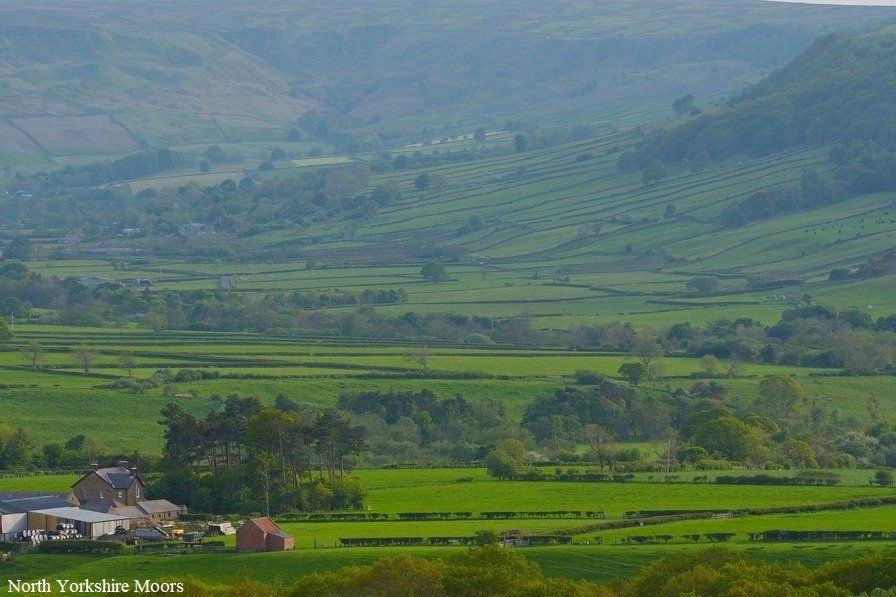


19th May 2022
Exiting the accommodation in Scarborough at 6.00 (19th) the air was filled with the sound of Kittiwakes on the neighbouring buildings and the local Herring Gulls were still minding Jason’s car for him; leaving him a few souvenirs!
Back at Bridlington we made our way down to the viewing point best to see the Albatross from in the hope it would appear early in the morning like it sometimes did.
Some more photography ensued, but there was no sign of the Albatross, so after sometime we walked back northwards to visit some of the other viewing areas.
Kittiwakes were collecting mud for their nests from the cliff edges and on a field on the cliff top and a Corn Bunting were also seen here.
From one of the ‘northern’ viewpoints we were able to photograph mutual preening by a pair of Razorbills and also a Puffin preening and Jase took videos of both of these events.

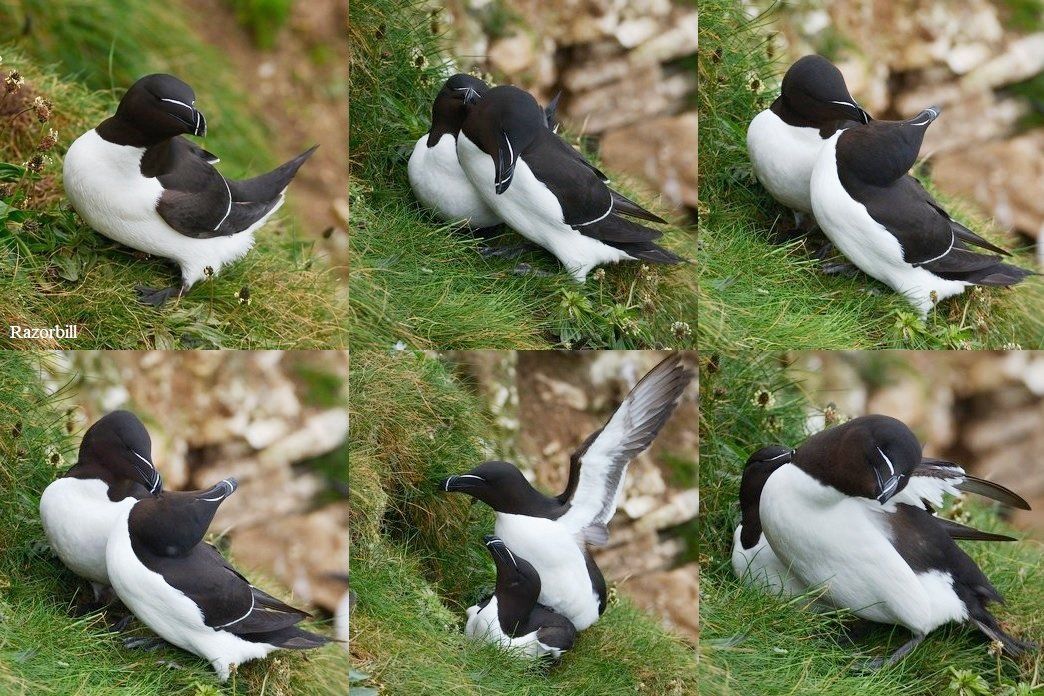

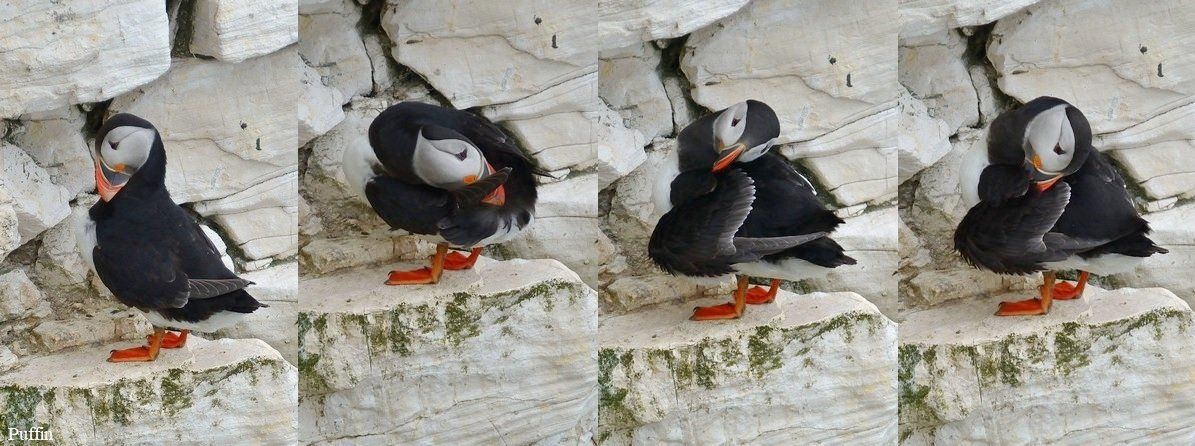
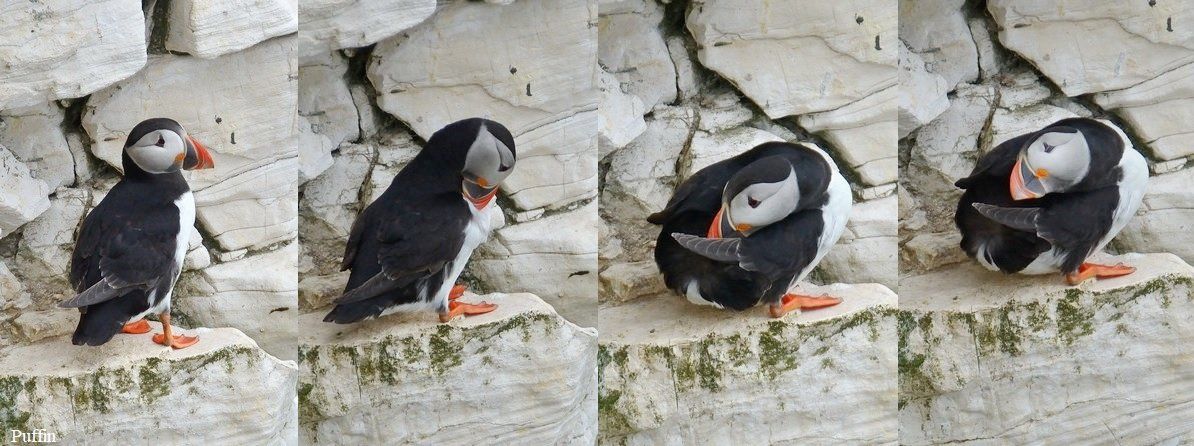
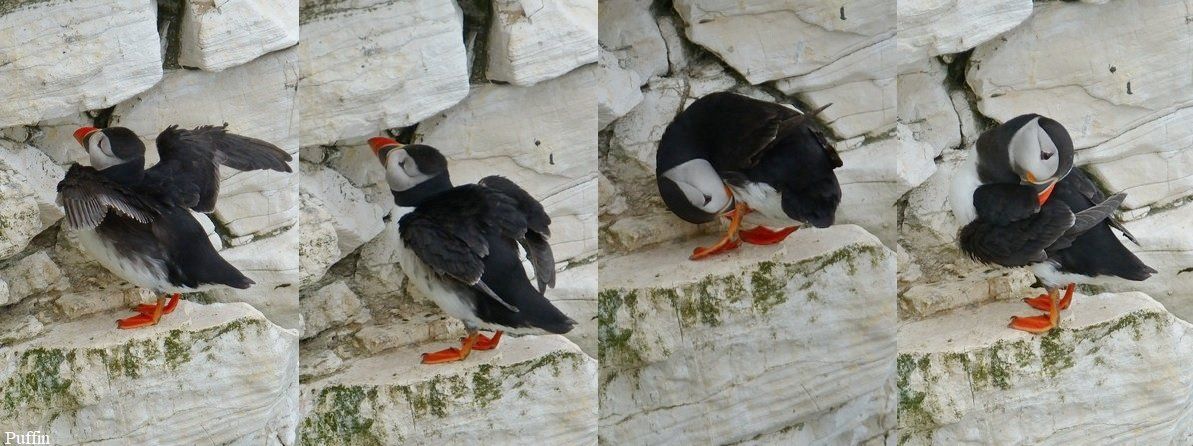
After leaving and on our way back to Norfolk; you guessed it the Albatross turned up! Not as easy to see as some might think. Probably best to take a tent and stay put for as many days as needed! However, it was a good trip, enjoyed by both of us and as a footnote, after a few ‘direct’ emails we got our money back for the property in Bridlington. Many thanks are due to Jase for driving and for making the journey possible and indeed his enhancing videos used in the article.
The Spanish Pyrenees, Belchite Plains & the Ebro Delta
6th-12th May 2018
6th May
A flight from Luton Airport at 7.00 saw Jason Nichols and myself arrive at Barcelona Airport around mid-morning. Drizzle and grey skies are not necessarily the weather you would associate with Spain but today that was very much the case.
We were supposed to be collected by the car hire firm when we arrived, but there was no sign of them and it was at least another hour before they finally showed up, after several telephone calls by Jason!
To make the situation worse, when we arrived at the car hire depot, the Jeep we had hired was not ready and a further frustrating wait ensued, making far less time for our proposed itinerary than anticipated.
Finally, we were on our way en-route to the Pyrenees, heading towards Lleida seeing House Sparrows, many Common Swifts, Barn Swallow, White Wagtail, Spotless Starling, Alpine Swift, Feral Pigeon, Wood Pigeon, Cattle Egret, House Martin, 2 Black Kite, White Stork, 4 Griffon Vultures, Magpie, Red-rumped Swallow and 3 Mallard.
A stop at a road junction 7 km from Monzon, along the A22 gave us time to check our bearings, but also found some interesting insects amongst the vegetation, which at first glance would not have looked very promising! However, there are nearly always animals in all sorts of terrain and we were in Spain so a bit of exploring was definitely worth undertaking.
The first insects of interest I found were two Moths, a Yellow Belle Aspitates ochrearia and a Diamond-backed Moth Plutella xylostella.
These were followed by a Froghopper Cercopis intermedium, Leaf Beetle Lachnaia paradoxa and then a Polistes species, which appears to be a European Paper Wasp Polistes dominula nesting on a reed stem. Just before continuing on our journey, a Nightingale was heard singing and a Black Kite flew over.
By now there was blue skies and sunshine, which as always highlights a Bee-eater’s plumage; the first birds we saw on entering the Sierra De Guara. At least two Bee-eaters were seen and Nightingale song was heard everywhere as we continued our journey and the fluting song of a Golden Oriole was also heard somewhere nearby, but as what usually happens; the singer remained hidden!

(25th March-4th April)
Departure and arrival…...
One of the main reasons for choosing City College Norwich as the place to undertake a degree was that every two years there was a Tropical Ecology and Management Field Trip to Kenya.
On Thursday 25th March 1999 the party from City College met at Heathrow airport and the lifetime ambition to visit Africa was underway. The overnight flight to Nairobi was approximately 12 hours and although the drinks were free it was a long haul, not helped by the non-smoking rule. Needless to say, the nicotine inhaler came into its own!
The following morning (26th March) the plane touched down at Nairobi airport. The truck, which was to be our transport during the trip, was finally located. Not the four-wheel drive vehicle anticipated and certainly not luxury travel, but this was Africa.
Young boys soon gathered round and insisted on taking the luggage to the truck. However, any ideas about the gesture being altruistic were soon dispelled when they held out their hands for payment, which roughly amounted to 50p Lest it be forgotten, in a third world country, ’The struggle for existence’ is not just confined to species, other than ourselves!
Journey to Marich, Elementita and the ‘chicken-man’…...
The truck and its passengers left Nairobi airport and headed north. Driving through Nairobi there were several men lying on the grass, apparently asleep, but there was no discernible sign of breathing!
Space on the truck was very limited once all the rucksacks etc had been loaded it was pretty cramped to say the least. The open sides of the vehicle were great for viewing wildlife en-route, but the fumes from other vehicles (obviously not covered by an MOT emissions test) blowing into the truck were not pleasant.
Several stops were made on the journey. These included stopping to stock up on bottled water and at other various points, mainly when there was a majority decision on an imminent ‘call of nature’!
We passed over the well sign-posted equator but there was not time to stop.
The main break in the journey was at Lake Elementita, where a walk down the track to the lake edge ensued. A small flock of Great White Pelicans were on the lake and Yellow-billed Stork and 4 Blacksmith Lapwings were seen here. However, all too soon it was time to leave, but not before another reminder of the poverty here, with small children asking for money.
All along the route, people smiled, waved and shouted ‘Jambo’ (Swahili for hello). Unbelievable, when you consider how the 'whites' have treated the people here. Cynically speaking, this behaviour could be seen as being a way in which to obtain some kind of wealth, but personally throughout the trip it was found that the people here were genuinely warm and friendly and always cheerful, although there is no doubt that any help would be gratefully received.
Later during the afternoon, Peter, our driver stopped at a roadside market to buy provisions. Whilst waiting in the truck an elderly man was walking down the road talking to his self. His dishevelled appearance, complete with two dead chickens slung over his shoulder resembled an African version of Worzel Gummage. After stopping at the roadside to throw stones at passing people on bicycles, still talking to himself he wandered towards the truck. This was somewhat alarming, due to the fact that no previous experience existed in how to deal with such an individual. Fortunately, at that point everybody arrived back at the truck and the journey continued.
As darkness fell, the wind speed increased and unbelievably it started to rain. The canvas flaps on the side of the truck were rolled down, but unable to get a coat from the rucksack (due to it being under many others) made the rest of the journey very cold and uncomfortable. Also along the way at certain points there were ominous-looking metal toothed bars on one side of the road. Their exact purpose remains a mystery, but it was related via Peter that there were certain places, which were very dangerous to stop and not because of any wildlife!
After some difficulty with the directions, Marich Pass Field Studies Centre (in the far north of western Kenya, within the Cherangani hills, close to the Uganda border) was finally reached at approximately 23.00. After nearly being poisoned by exhaust fumes and freezing to death, this came as somewhat of a relief. The truck was unloaded and reunited with our rucksacks, were shown to the accommodation, which was one of several round straw-roofed mud huts.
All Rights Reserved | Perry Fairman, Ecological Experiences
